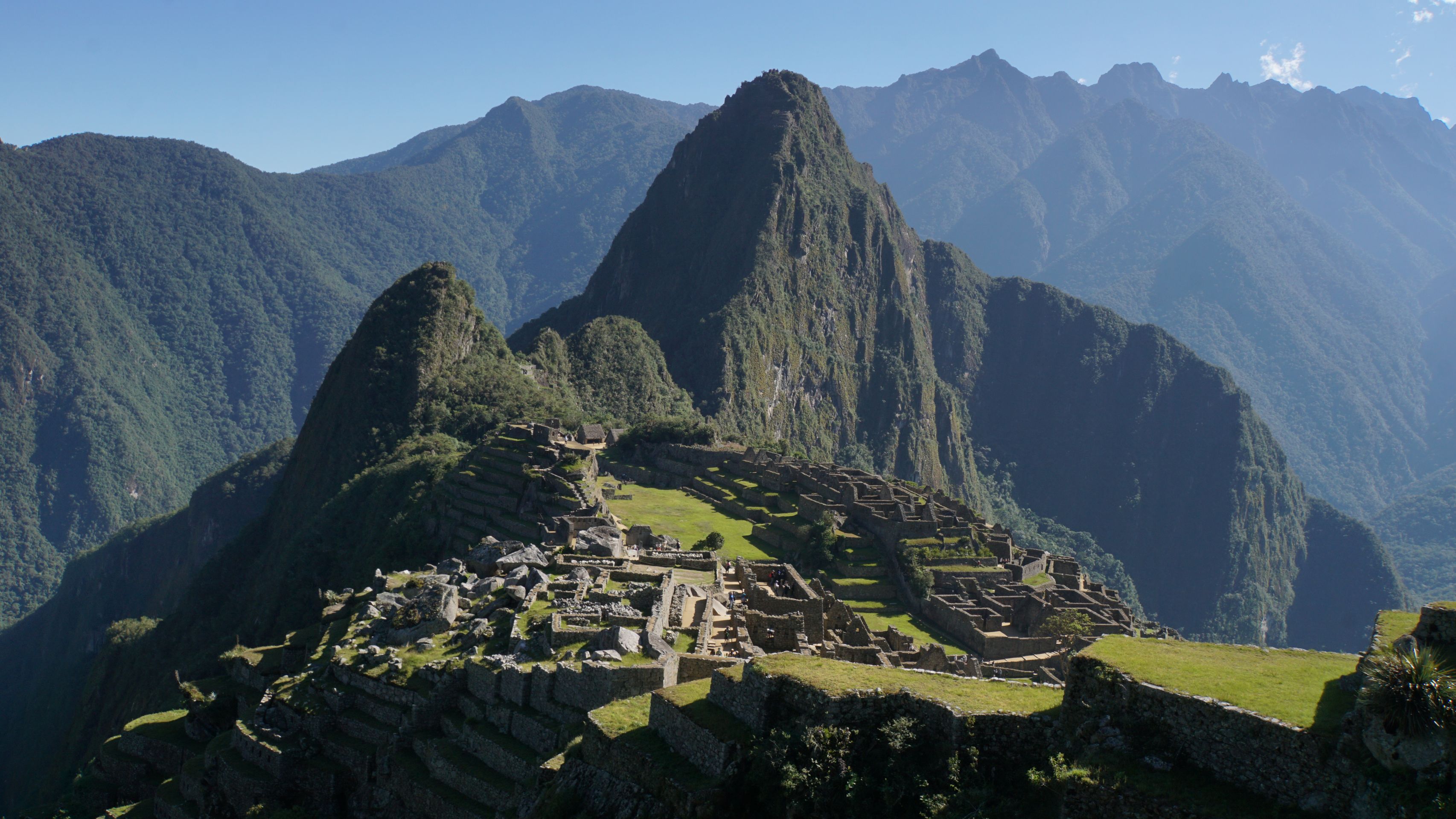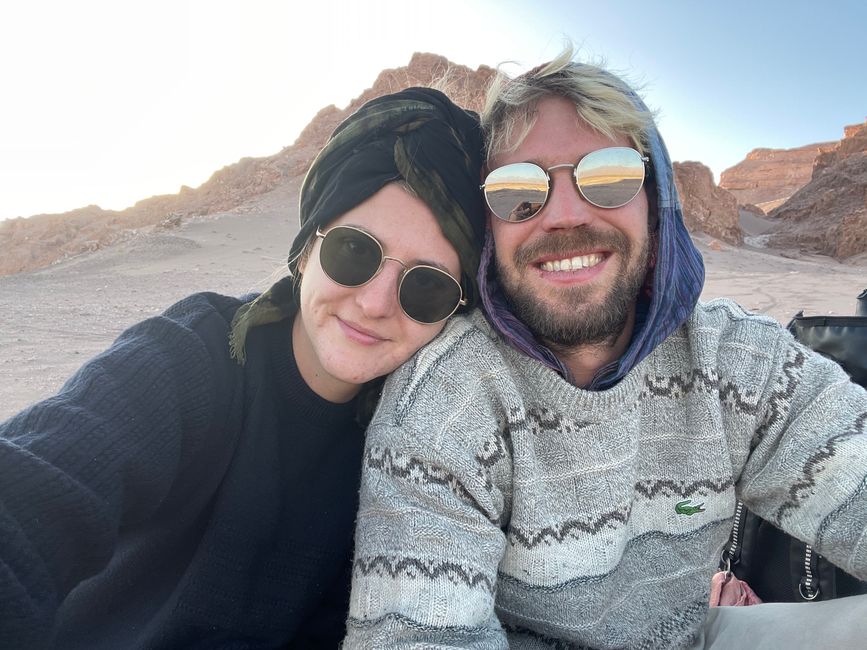
Maria-und-Geralds-Reiseblog
vakantio.de/maria-und-geralds-reiseblog
The Deserts of the South & Lima (Peru)
Gepubliseer: 28.09.2023
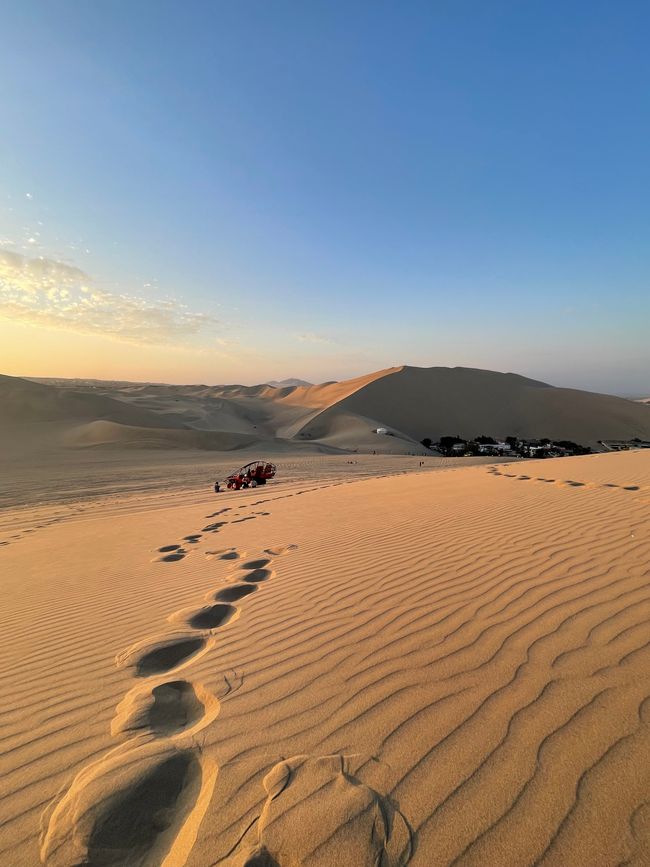
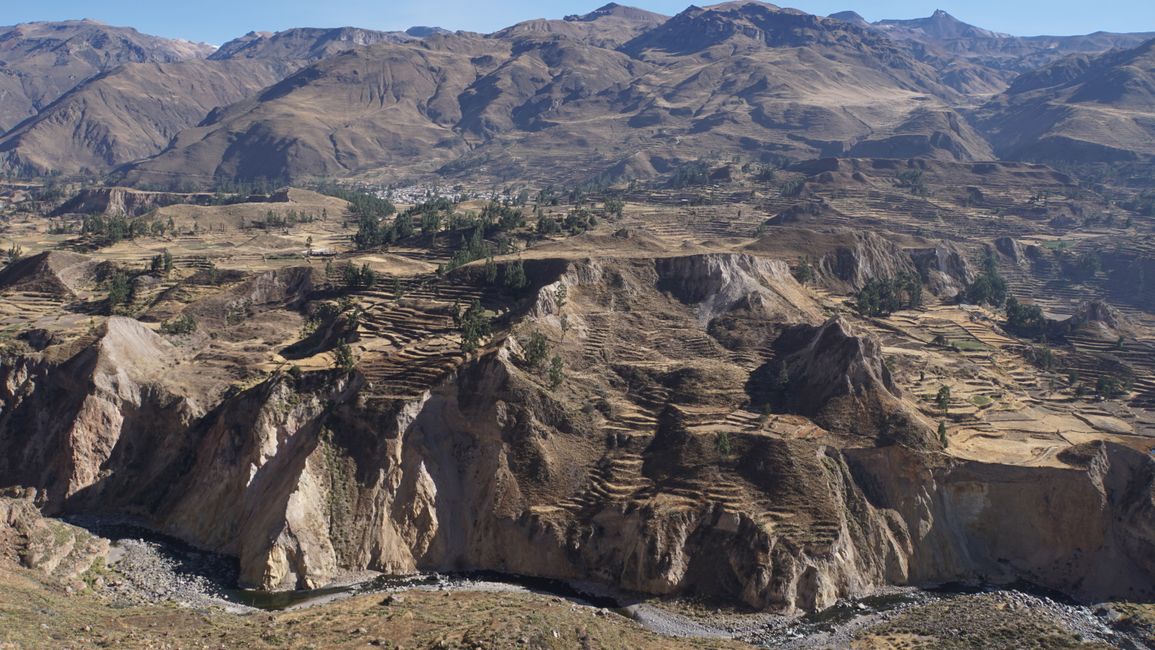
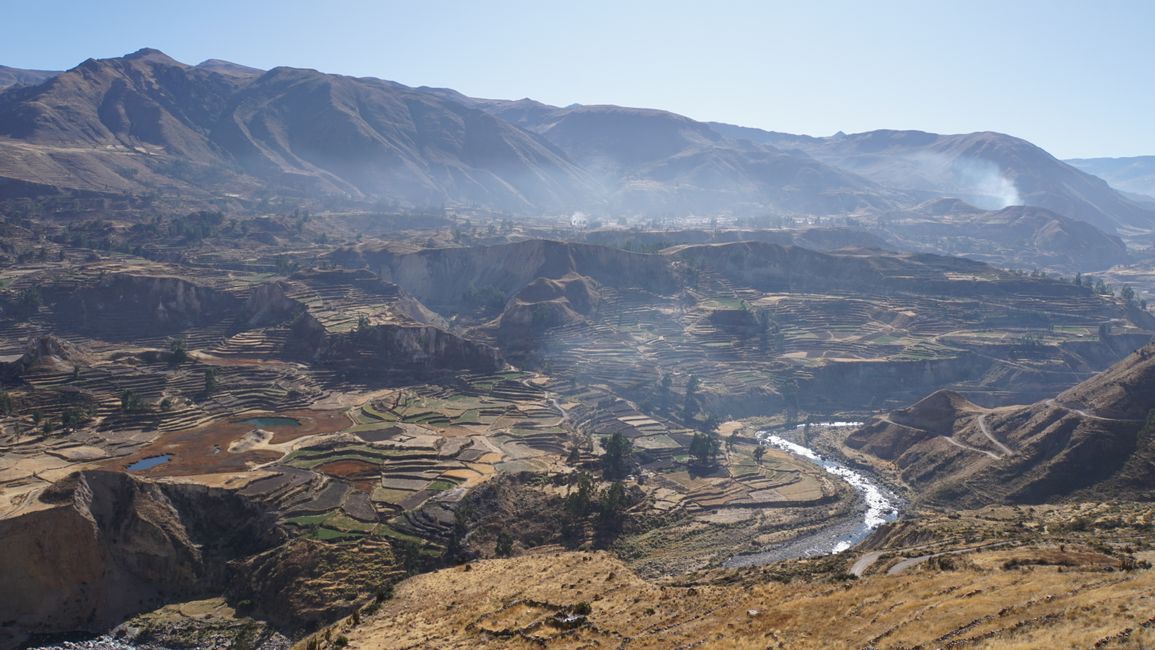
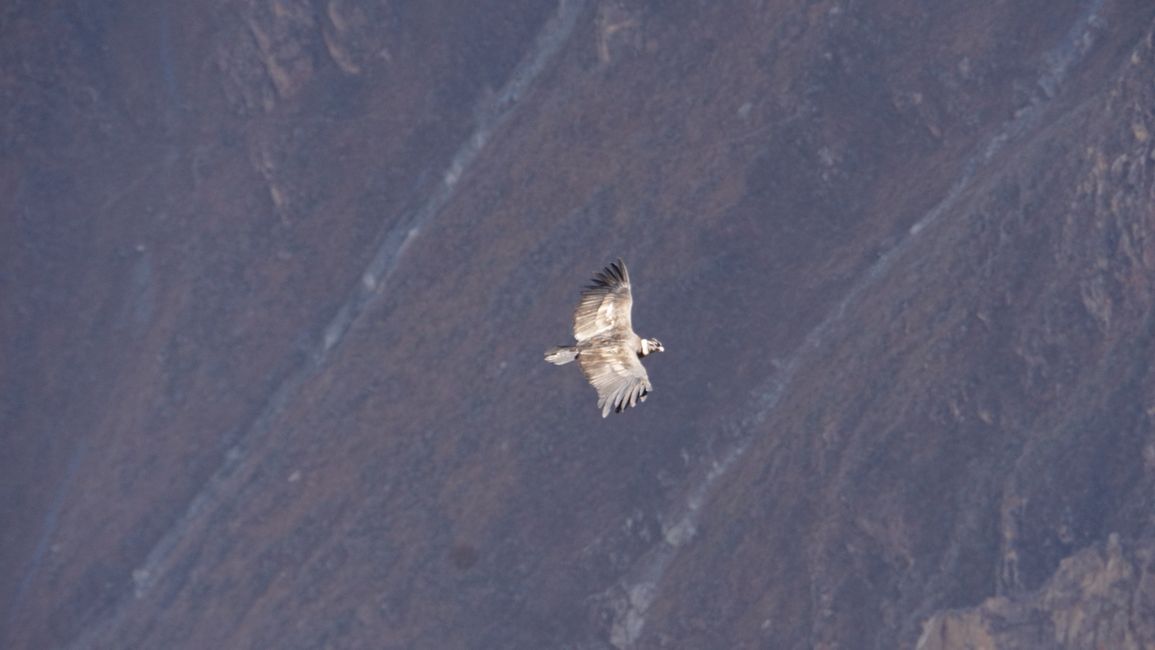
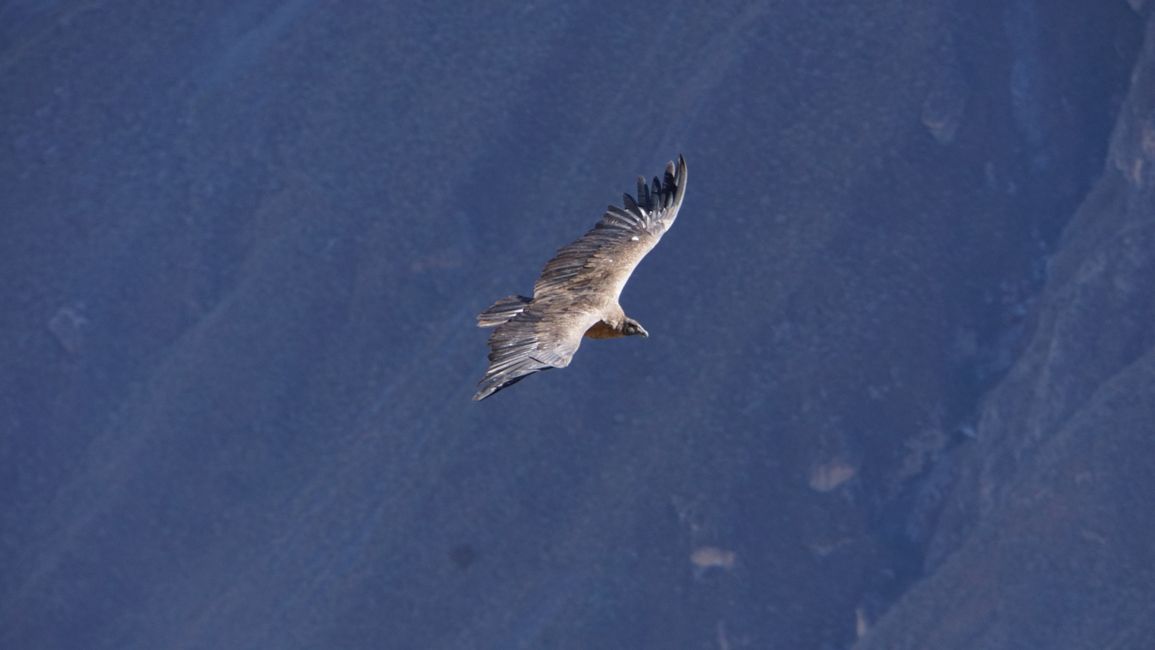
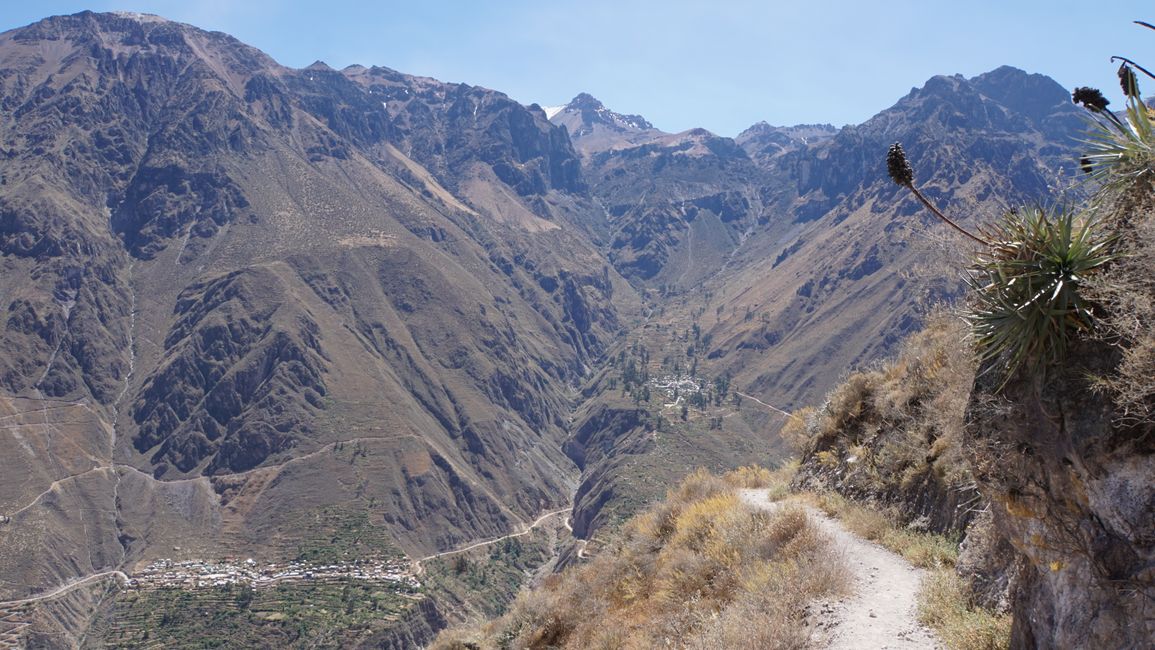
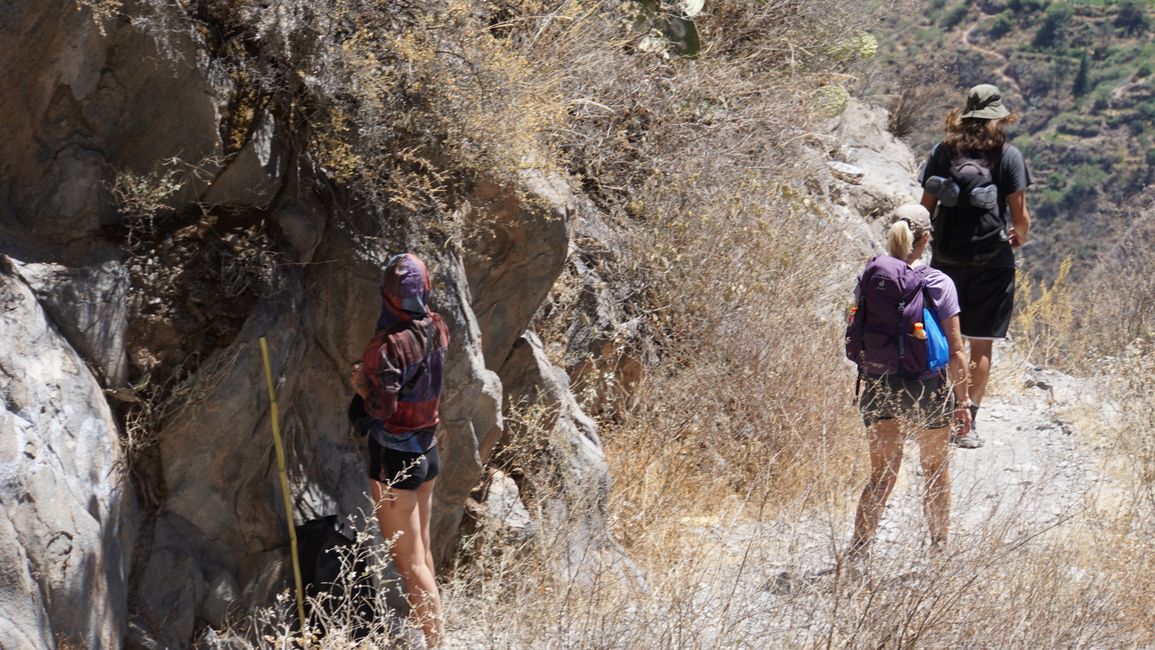
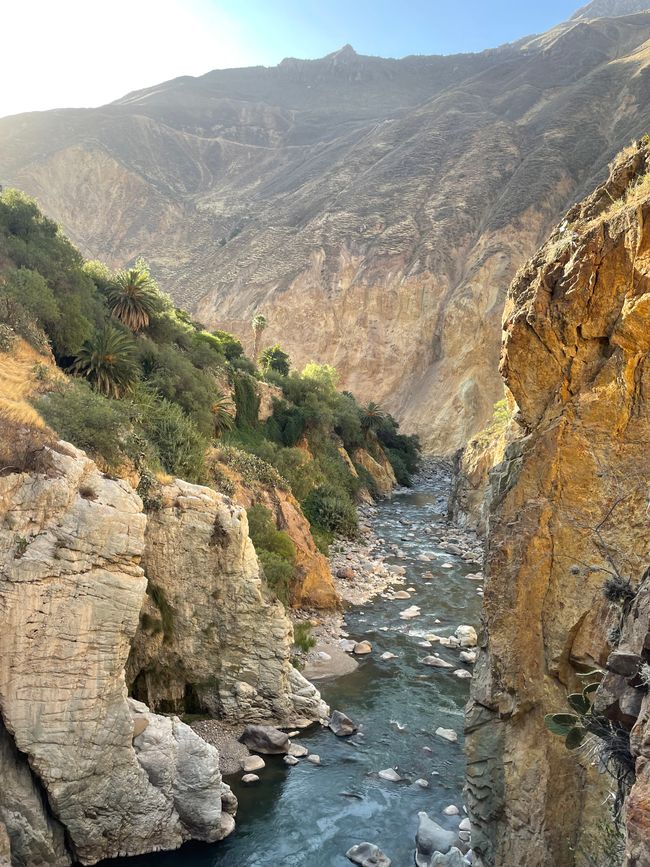
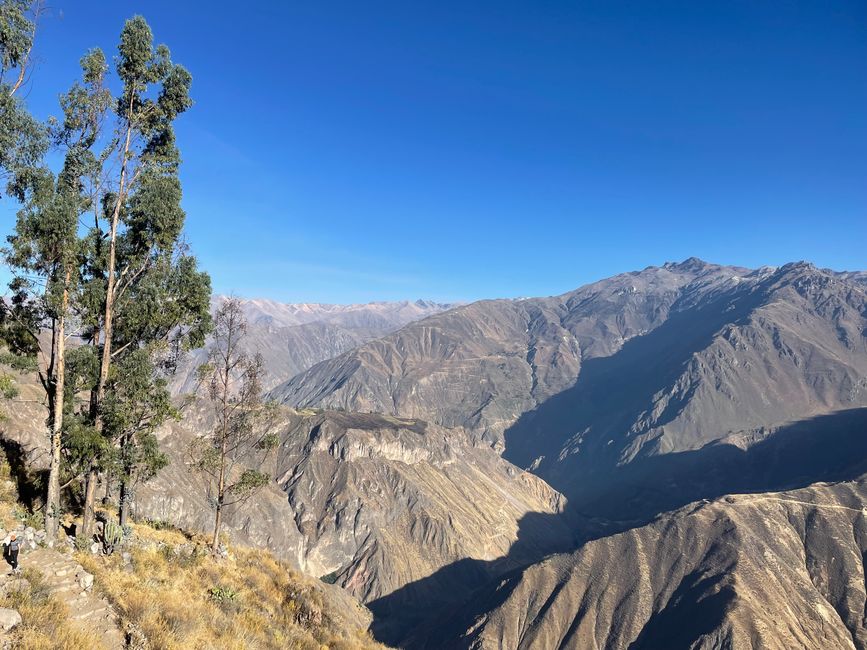
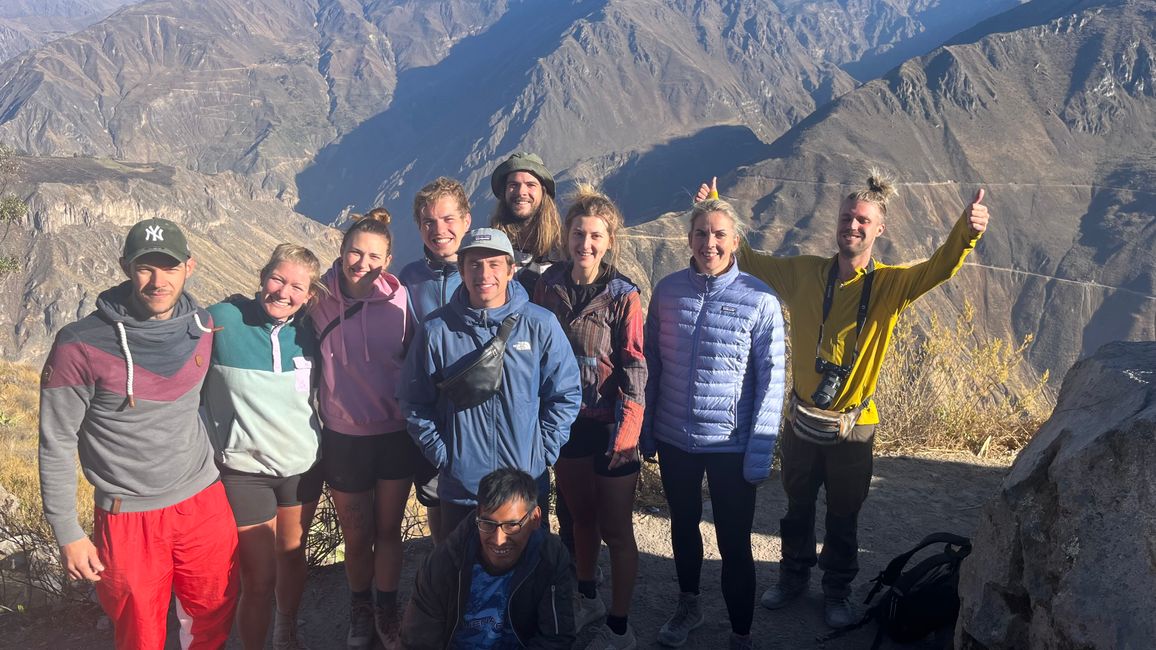
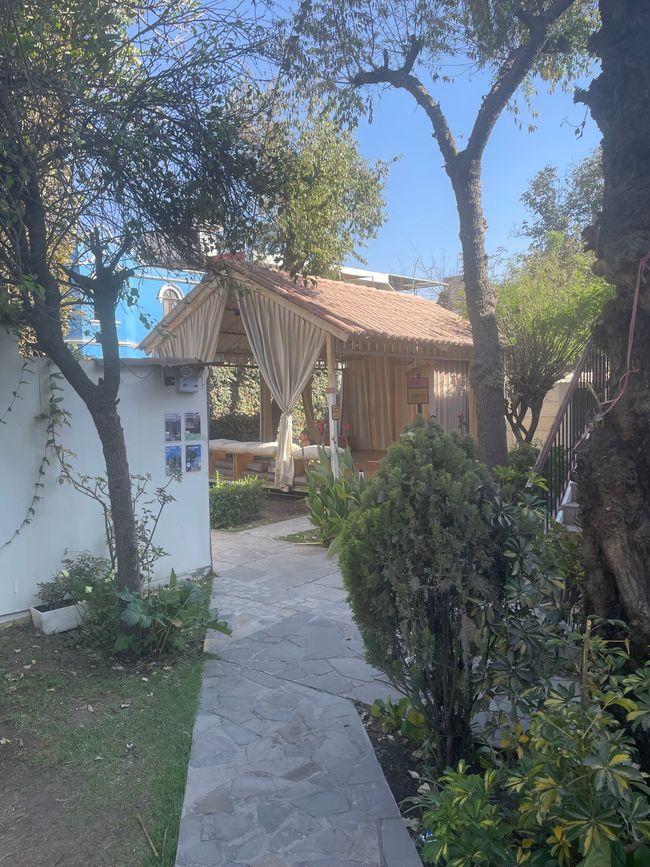
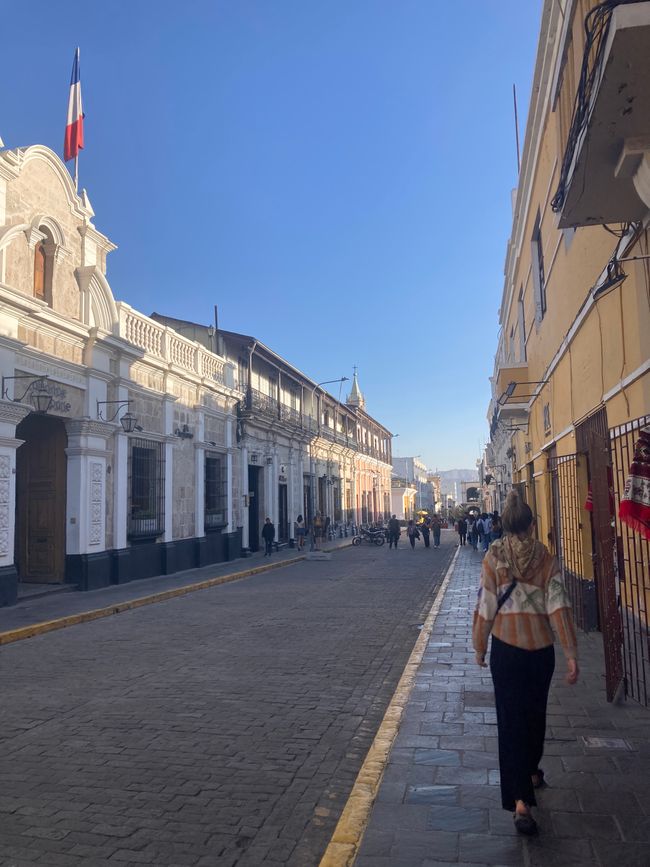
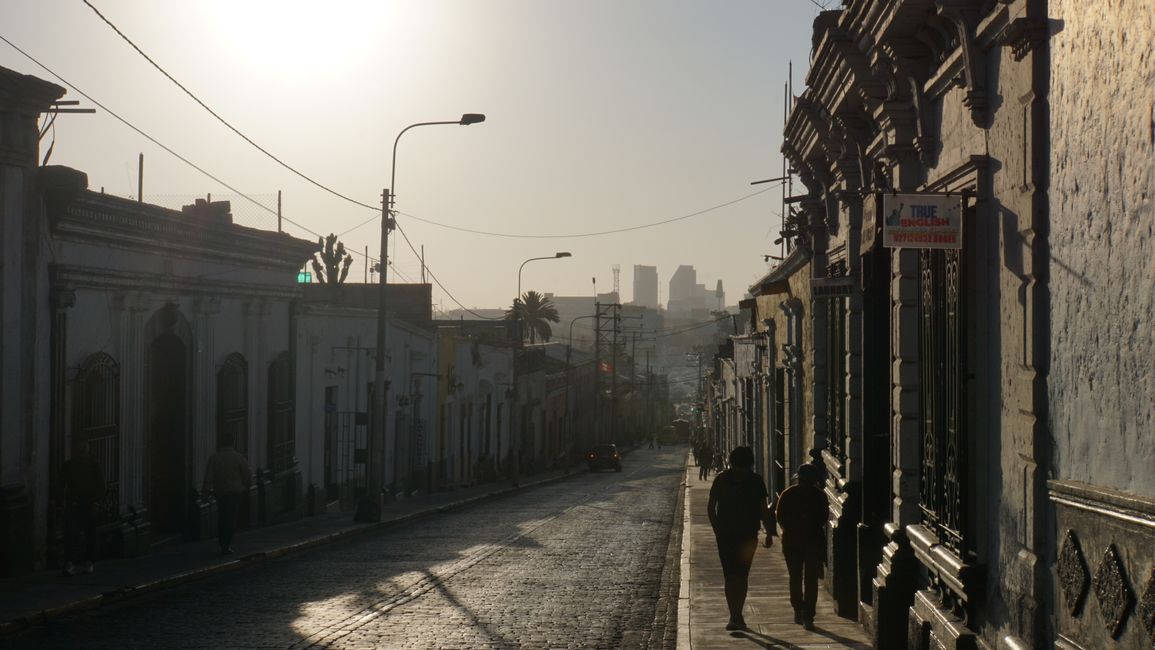
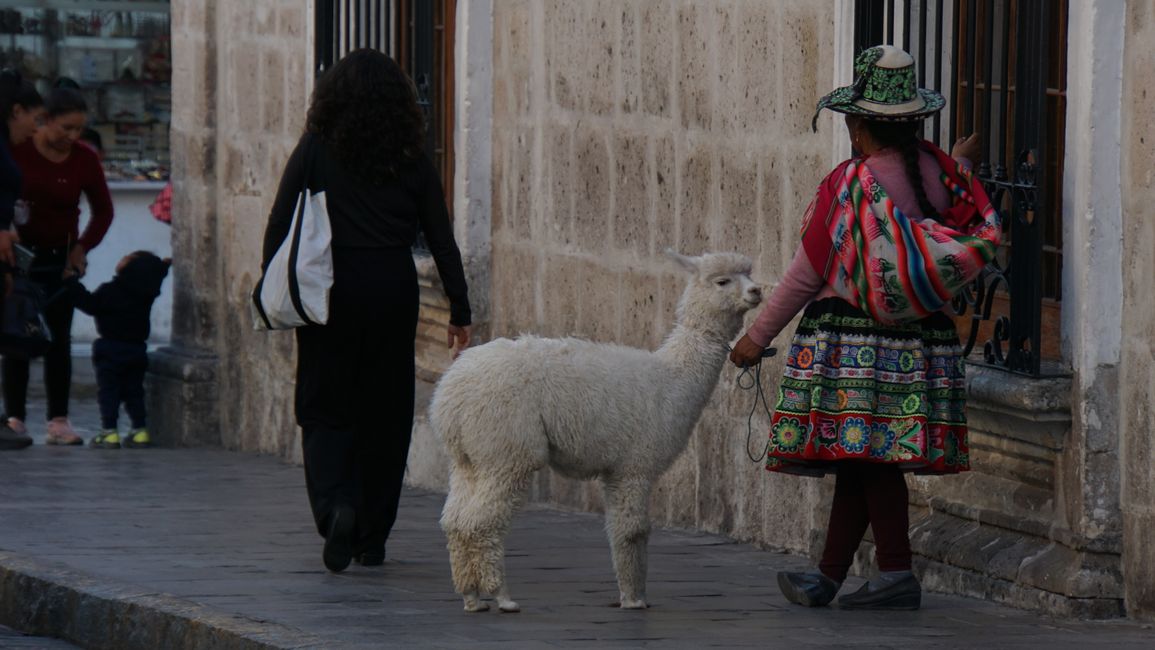
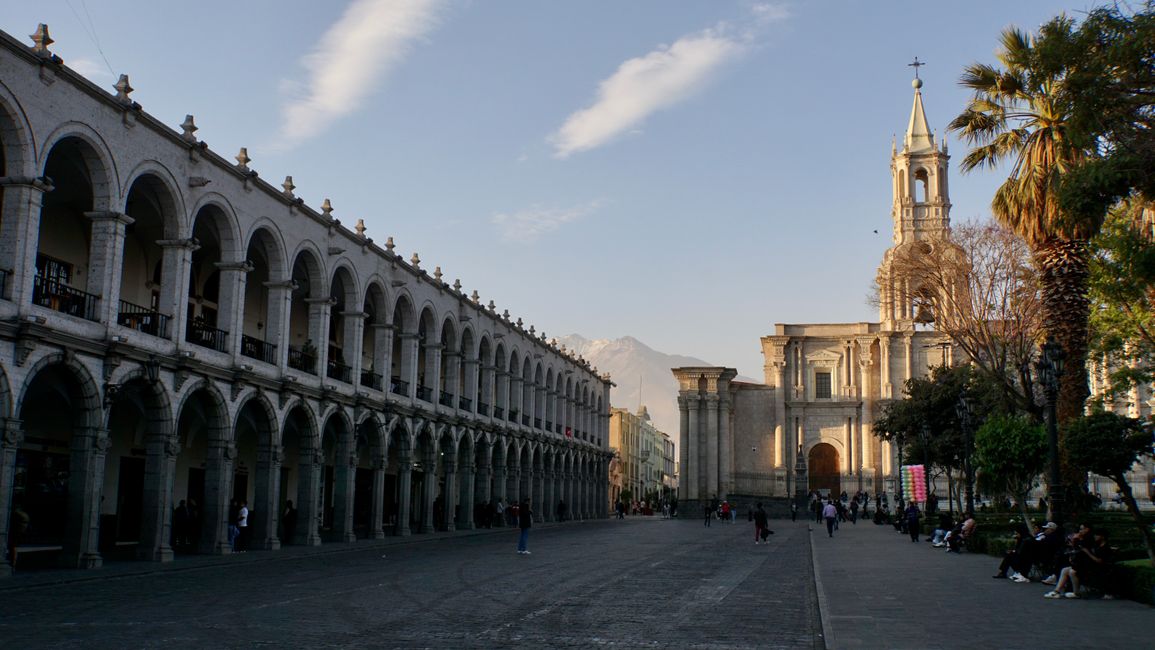
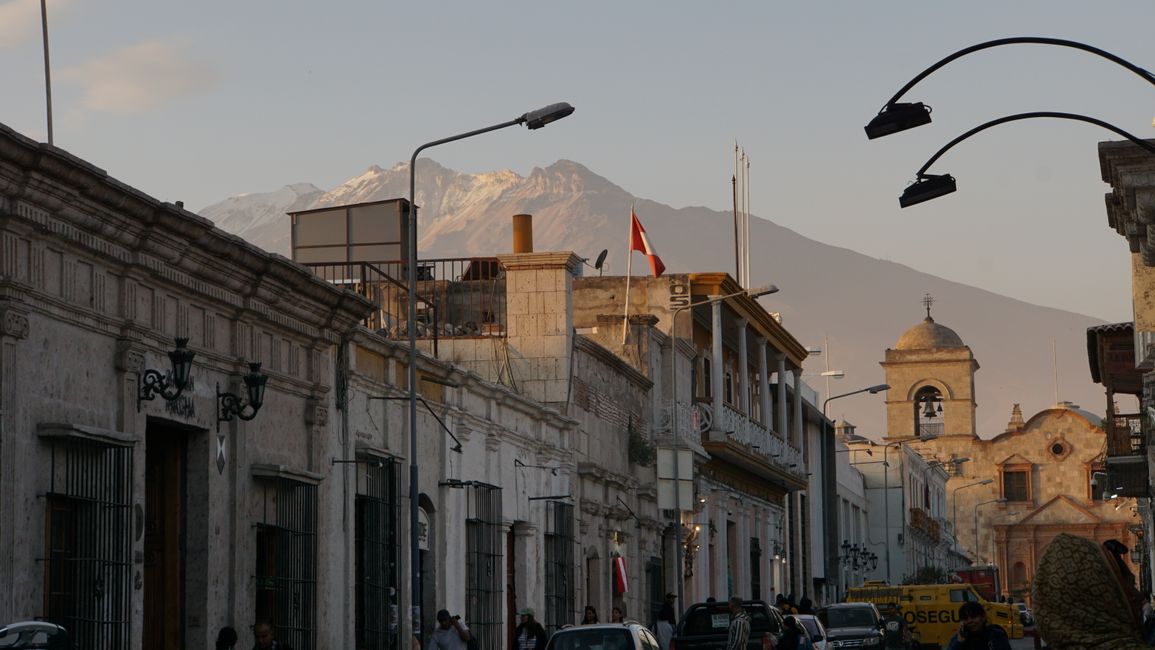
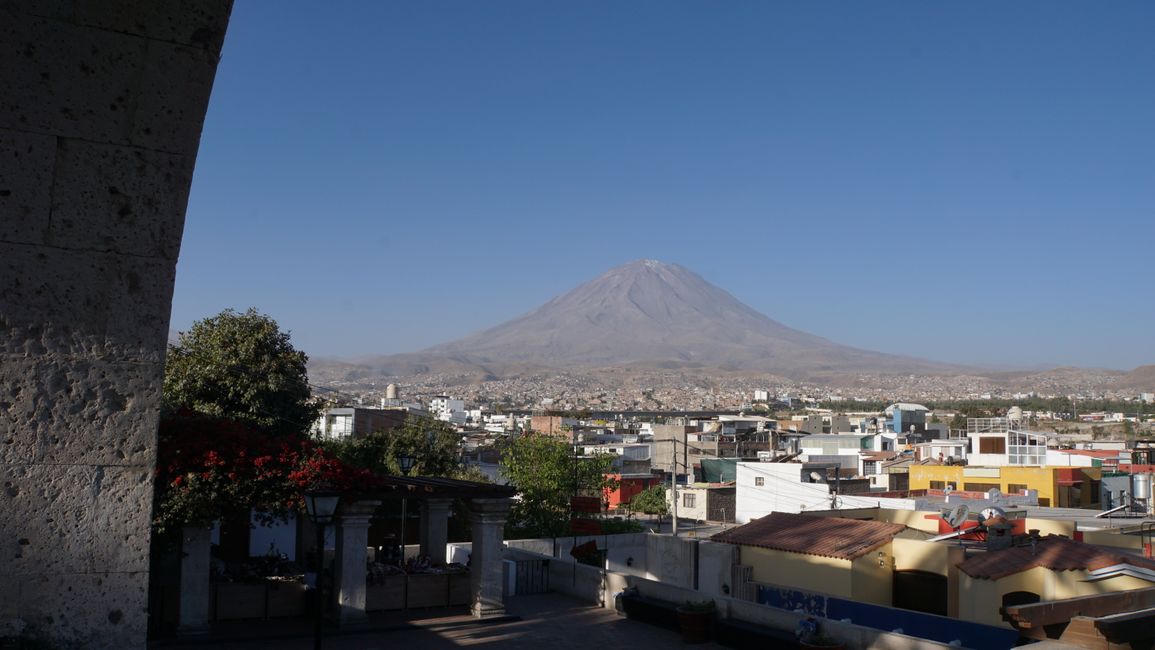
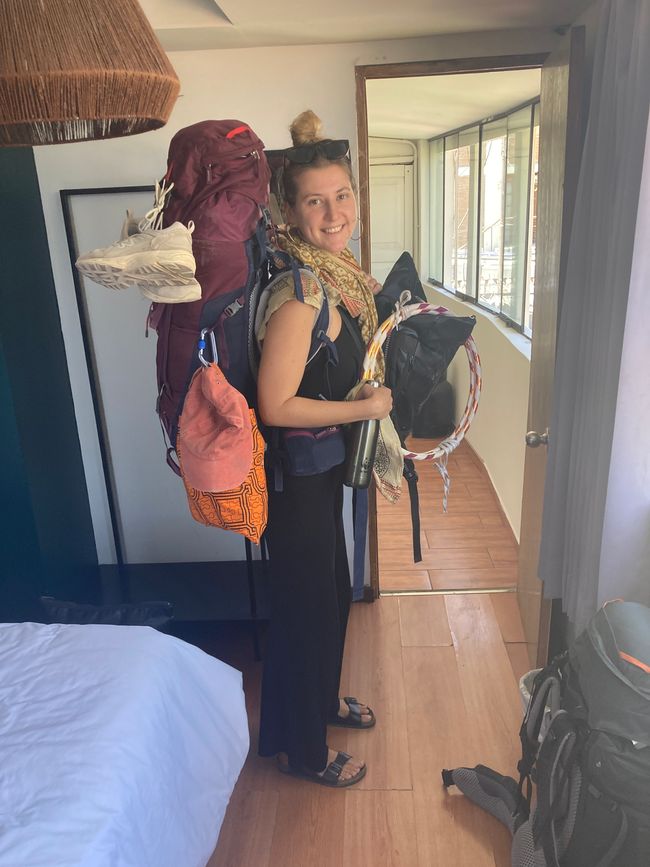
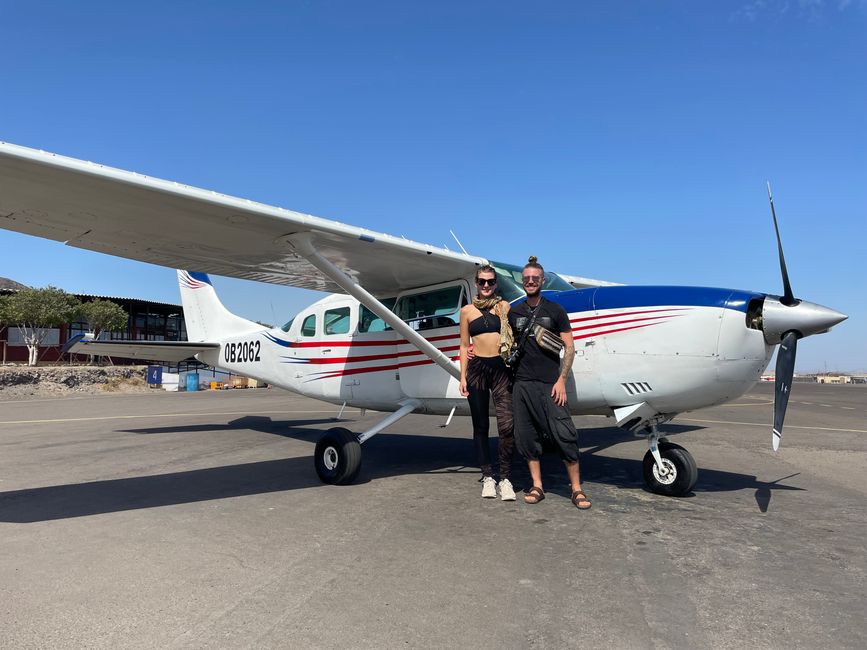
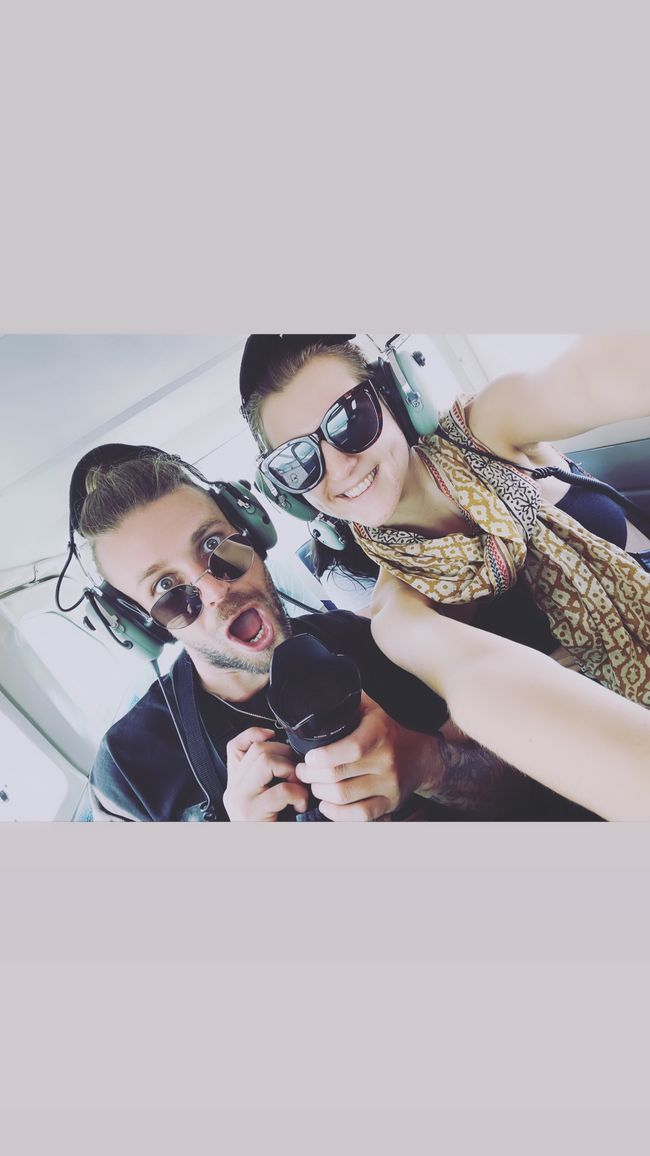
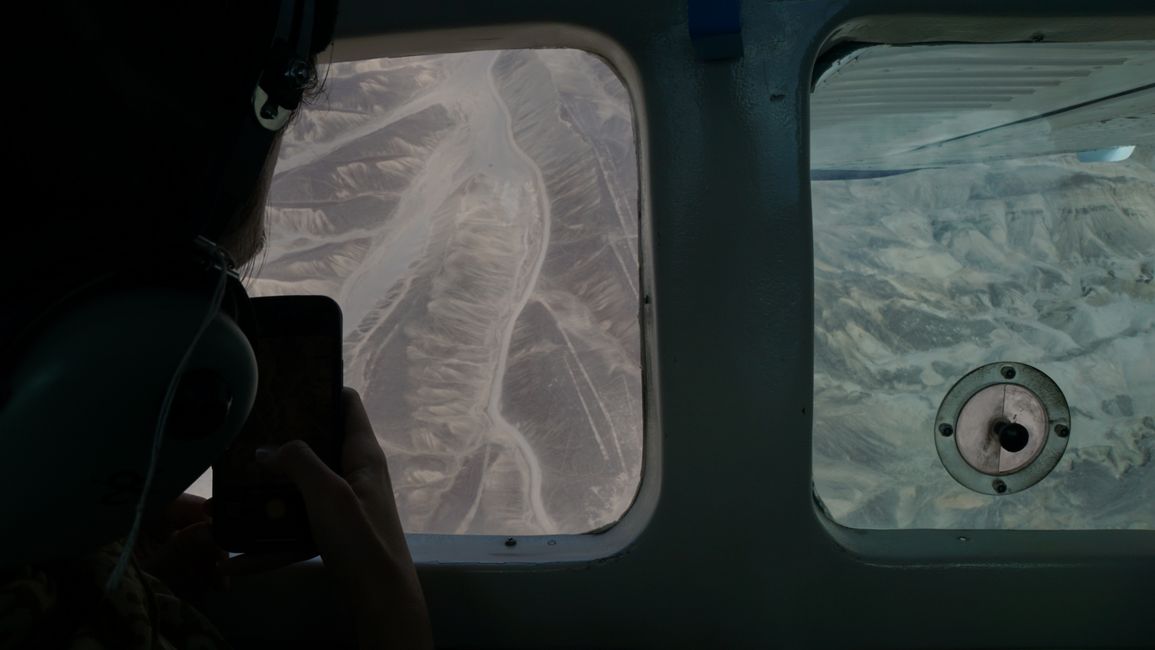
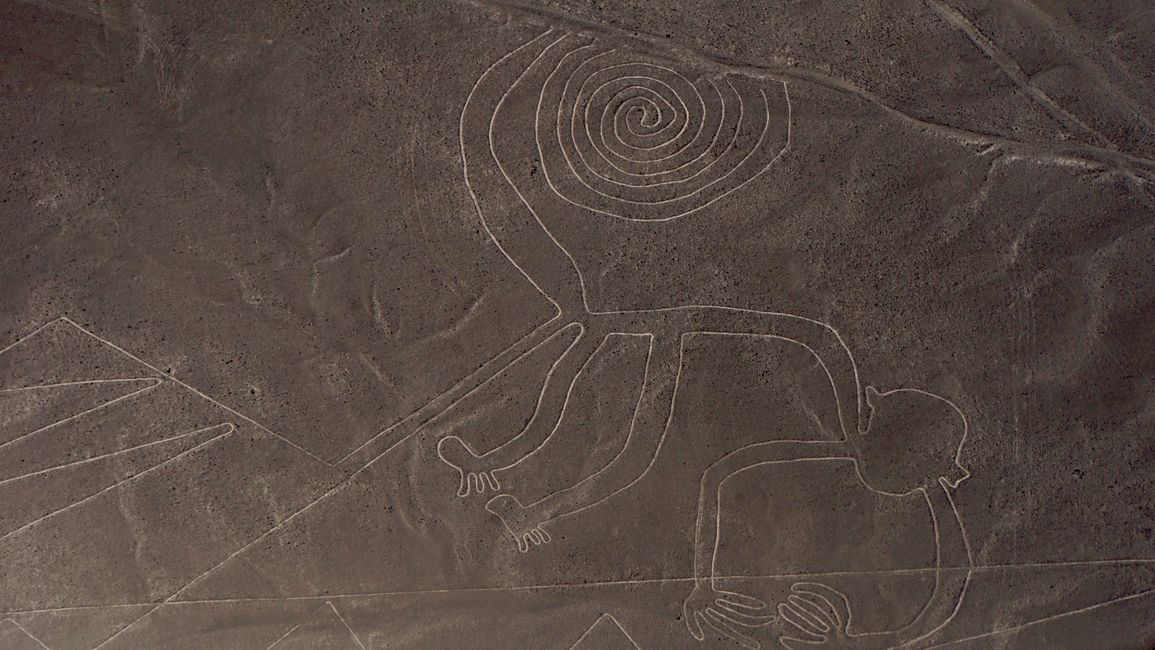
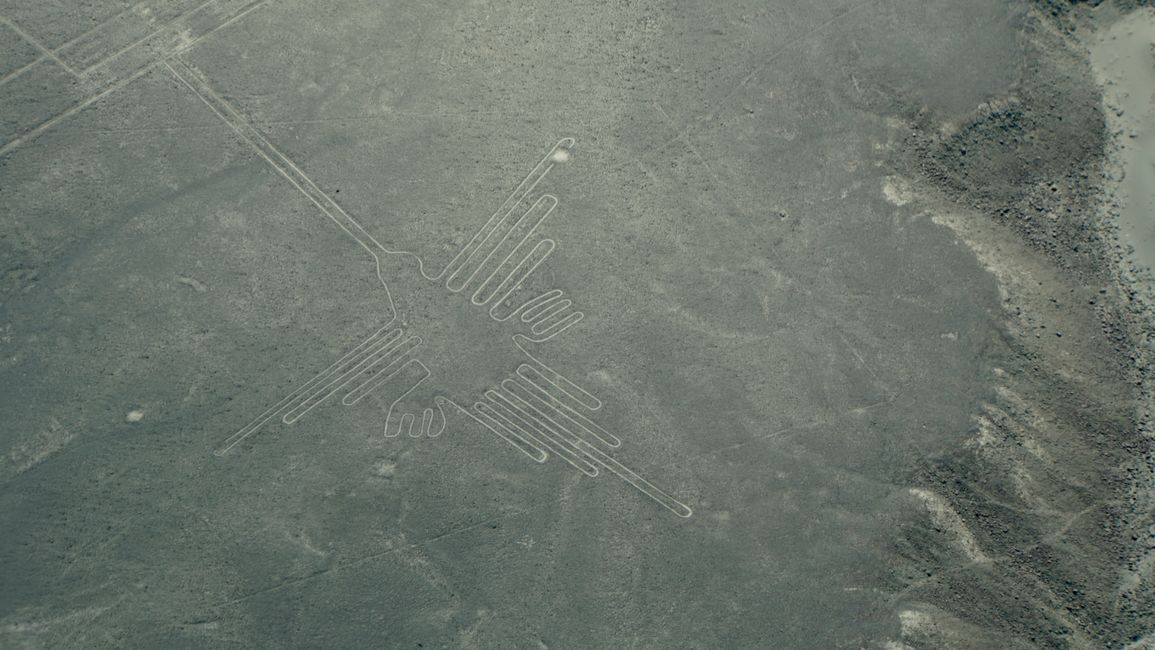
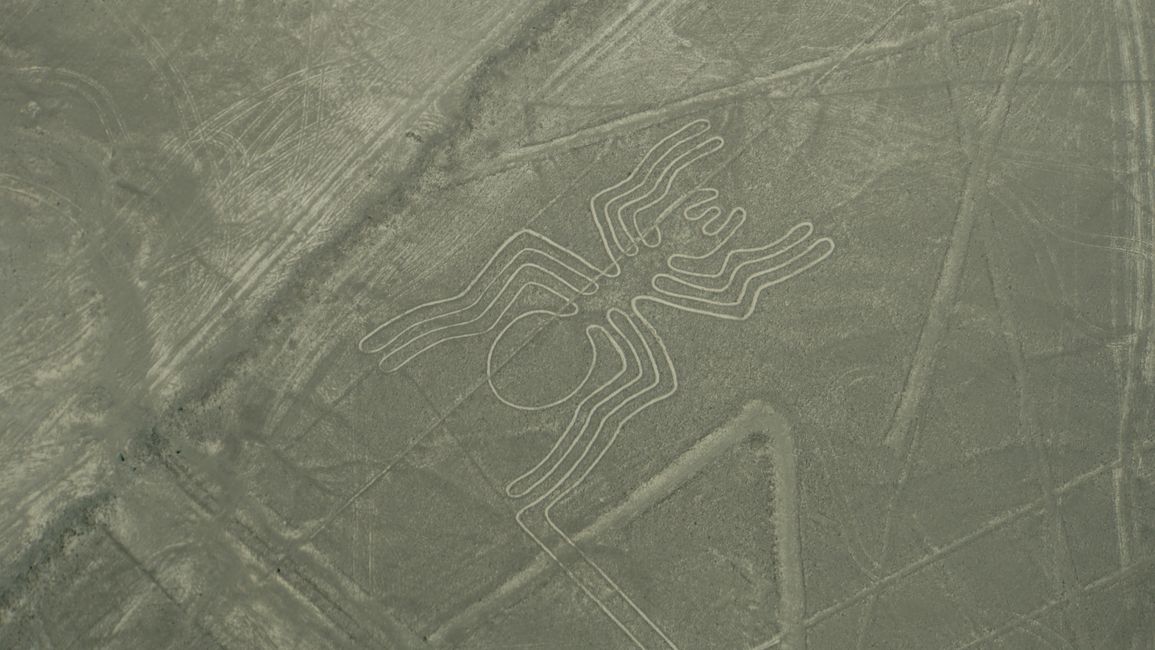
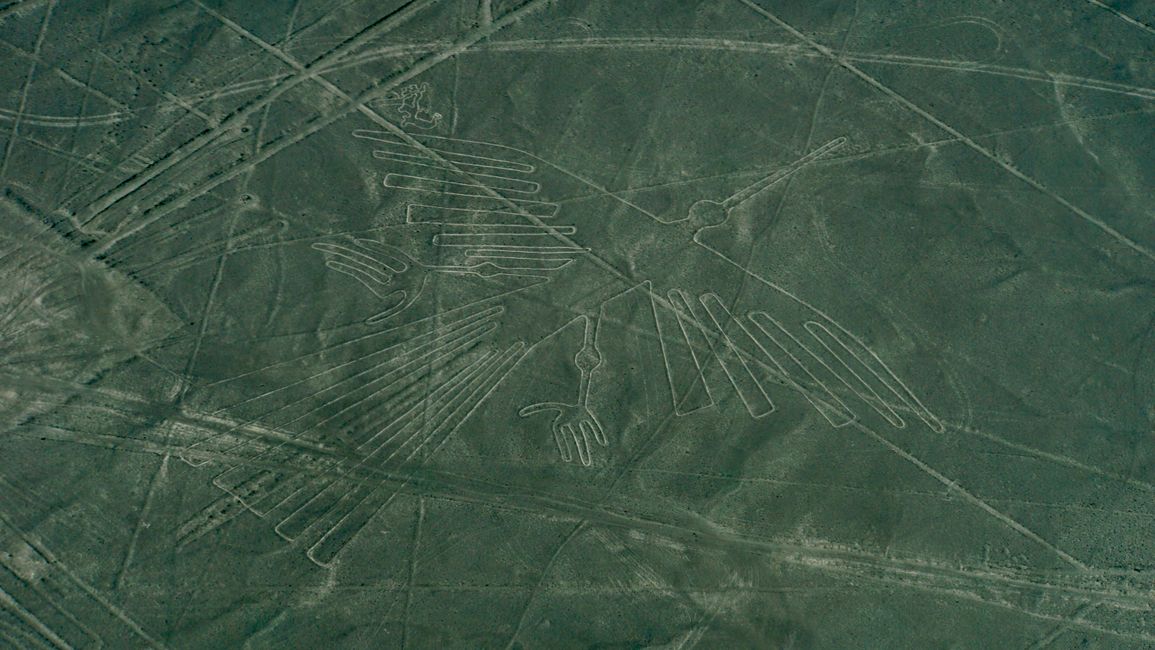
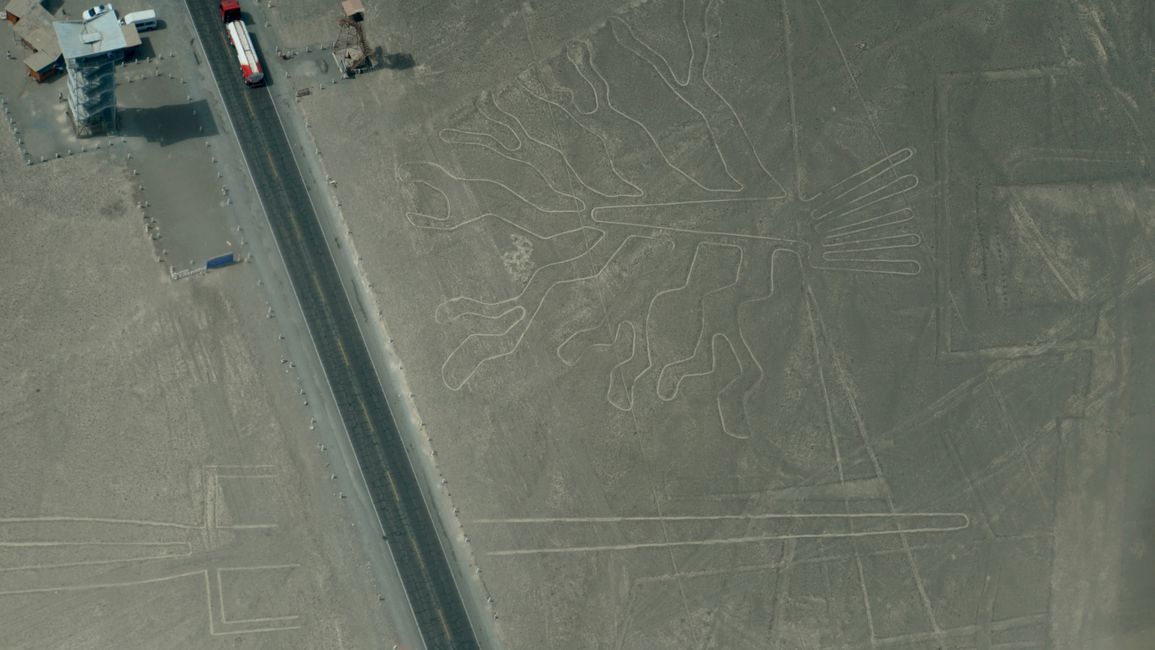
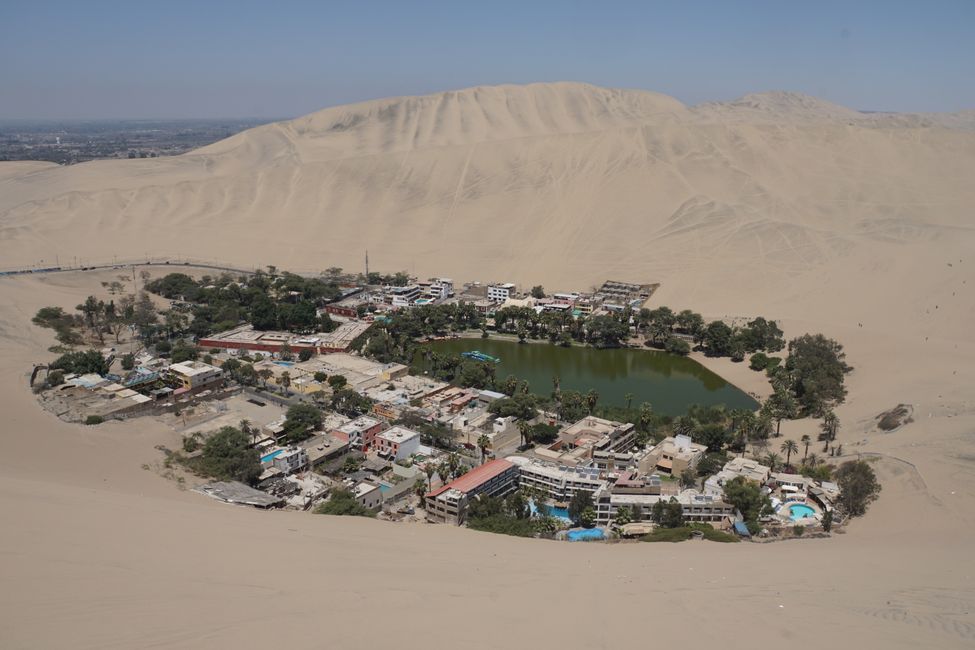
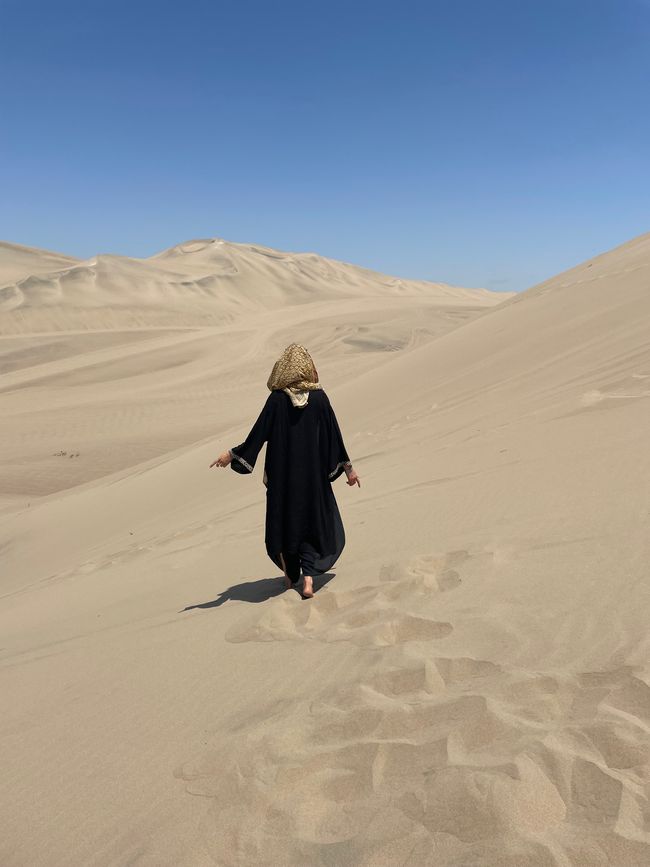
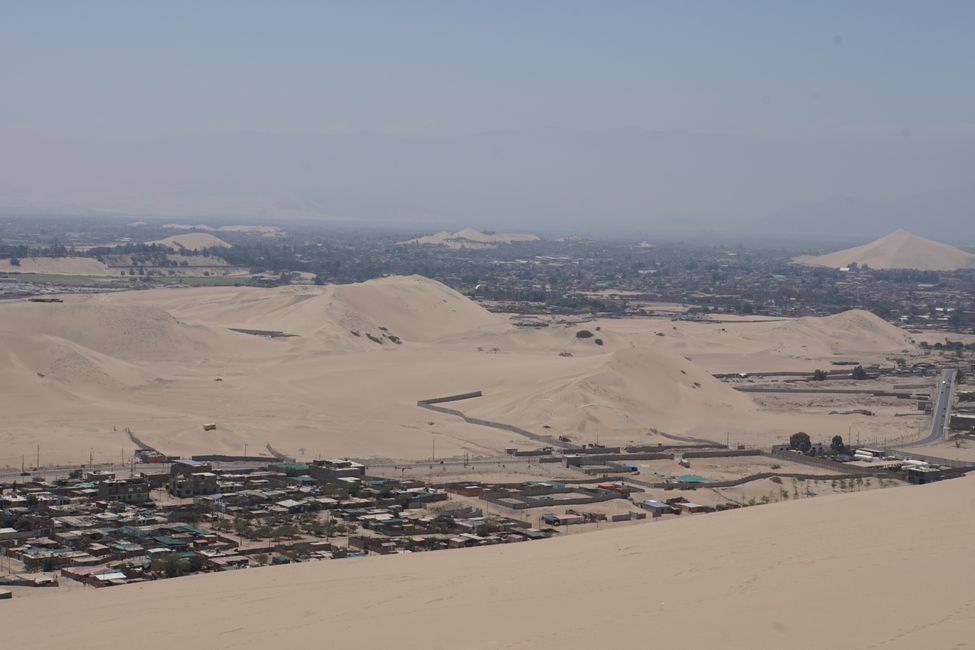
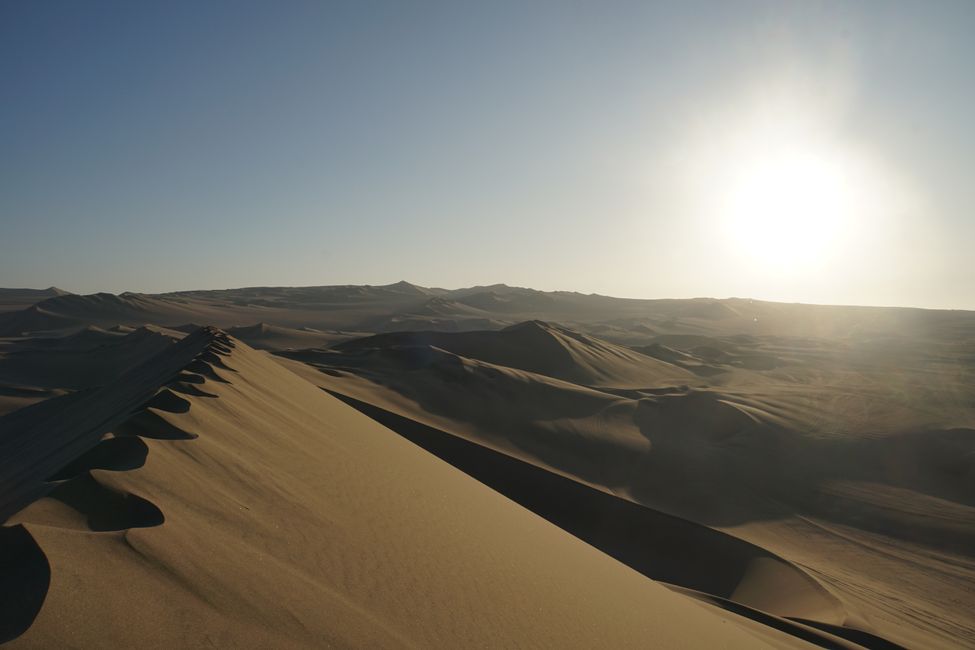
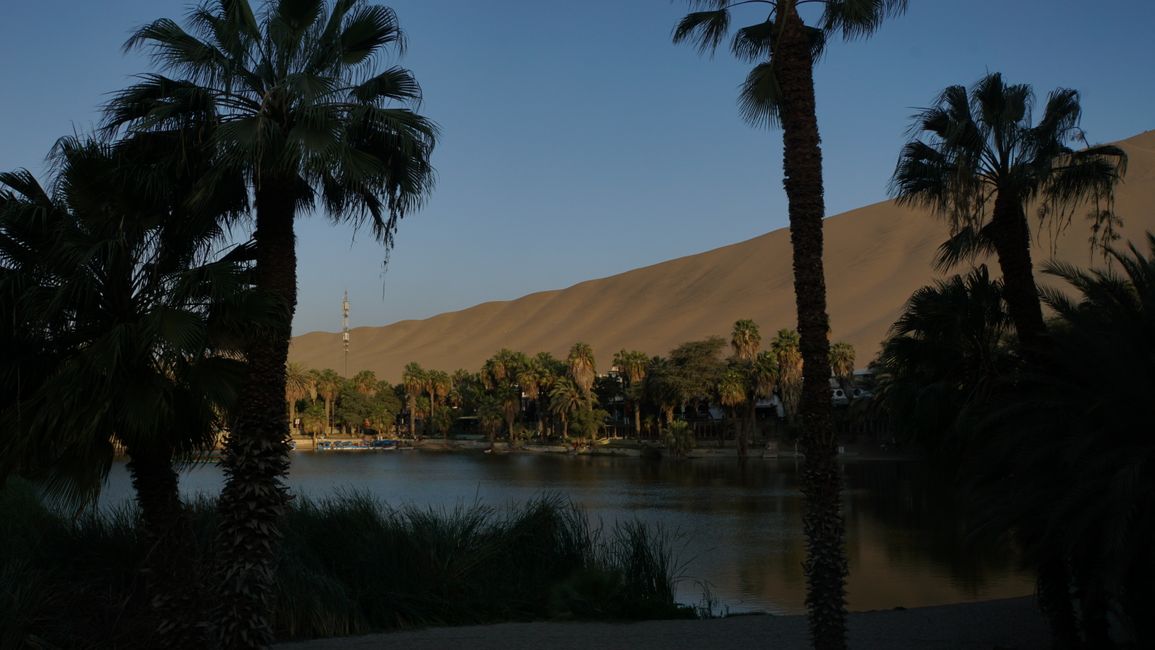
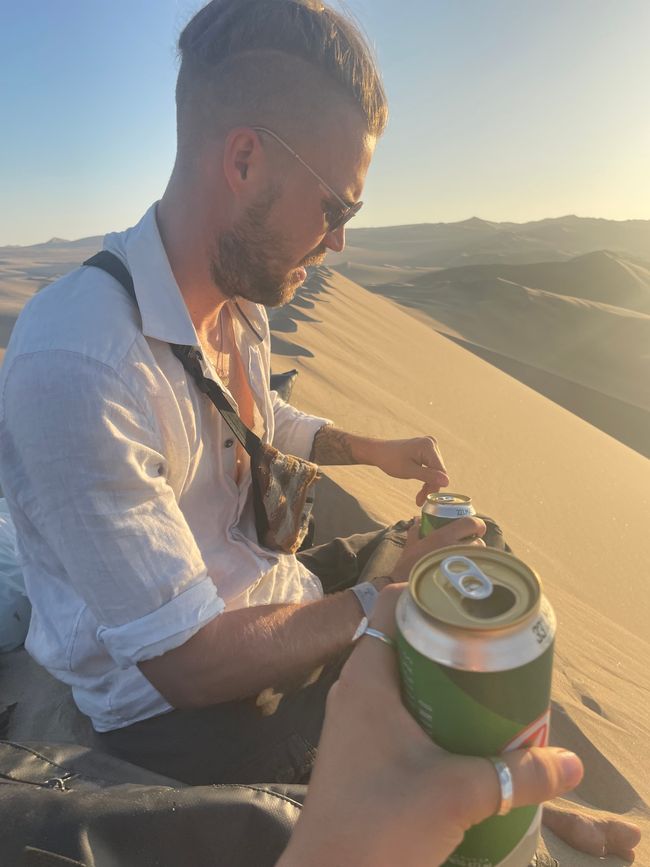
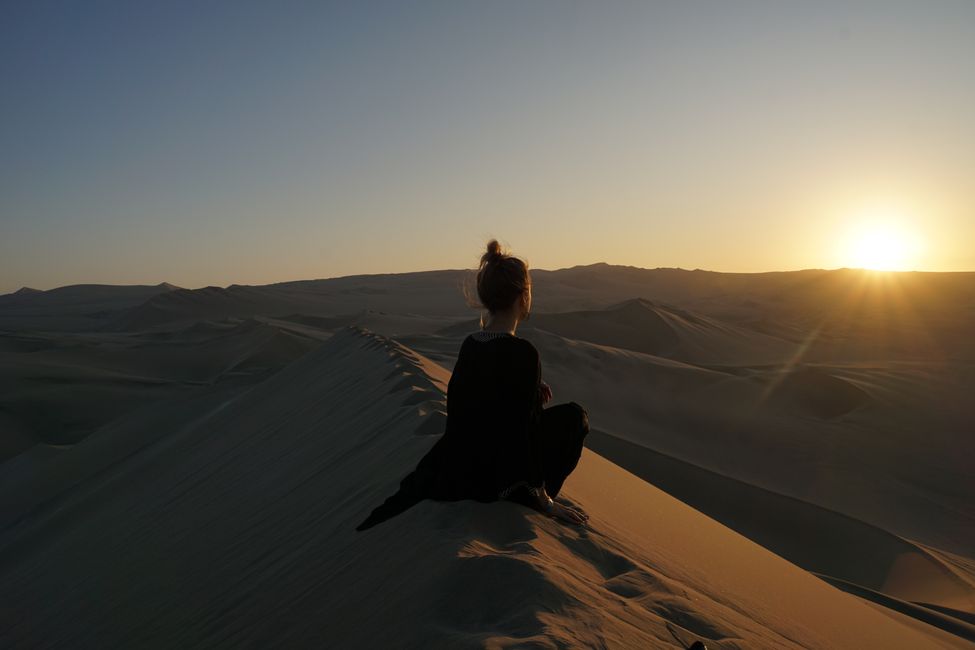
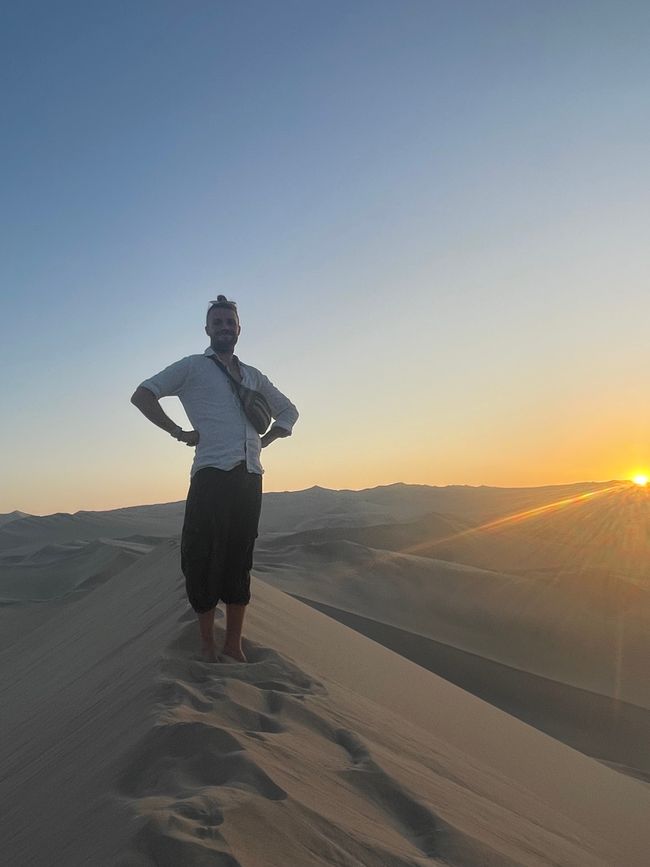
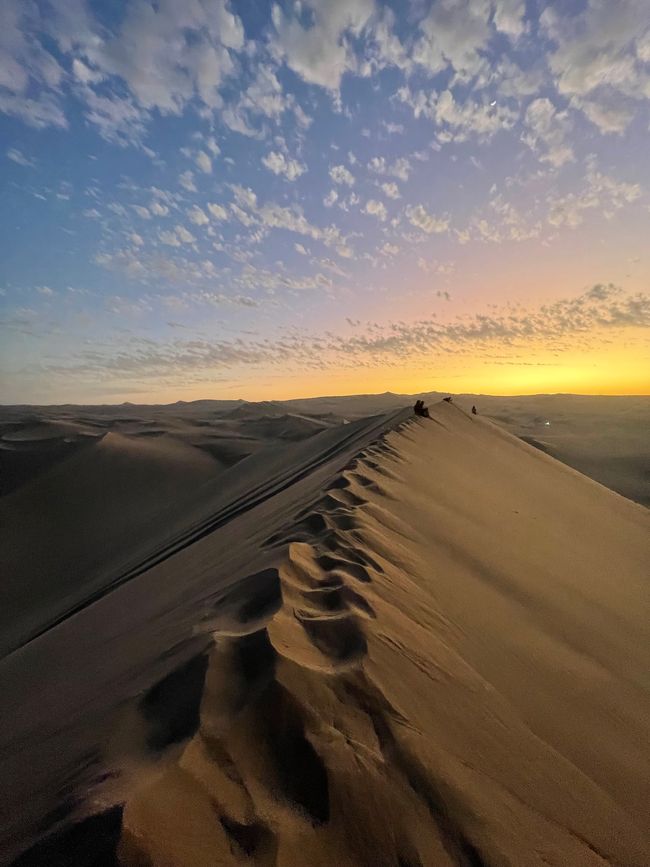
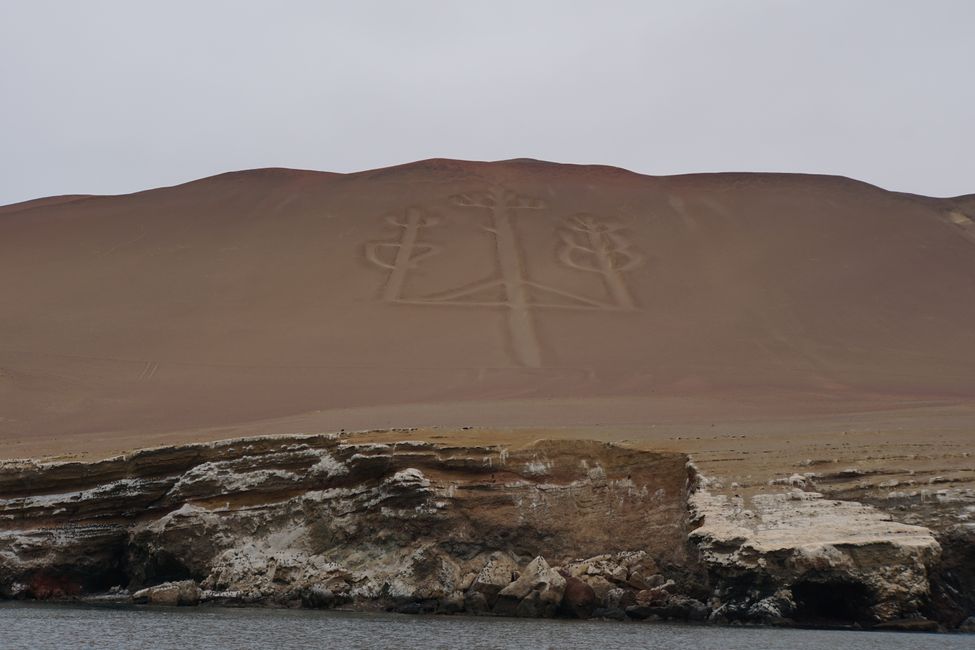
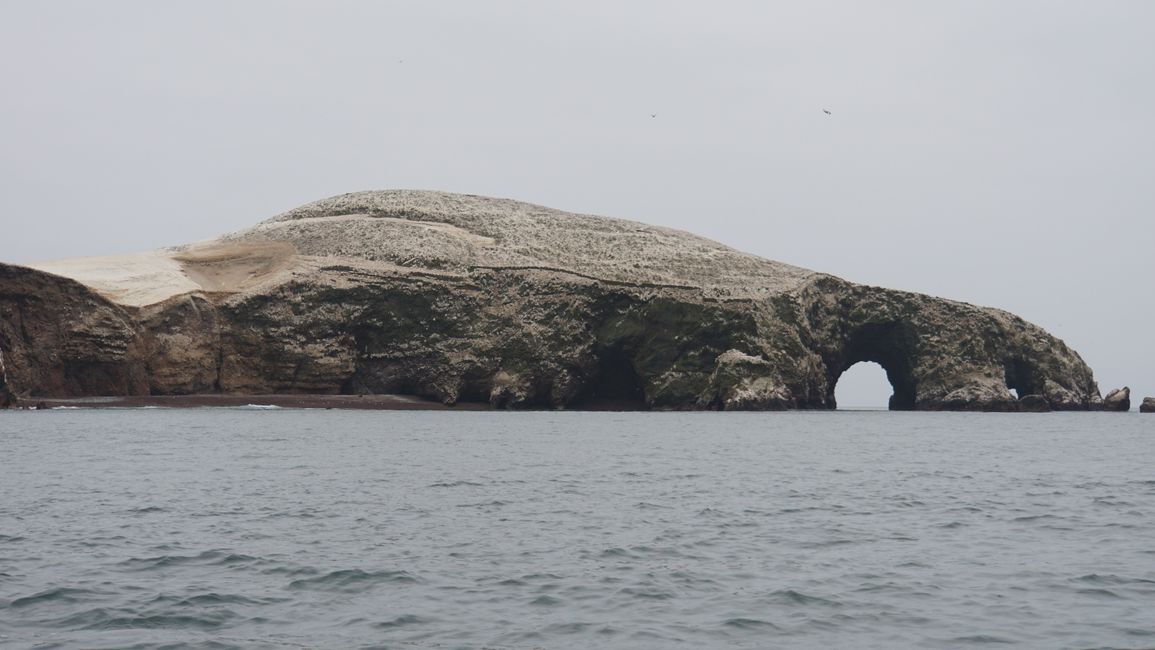
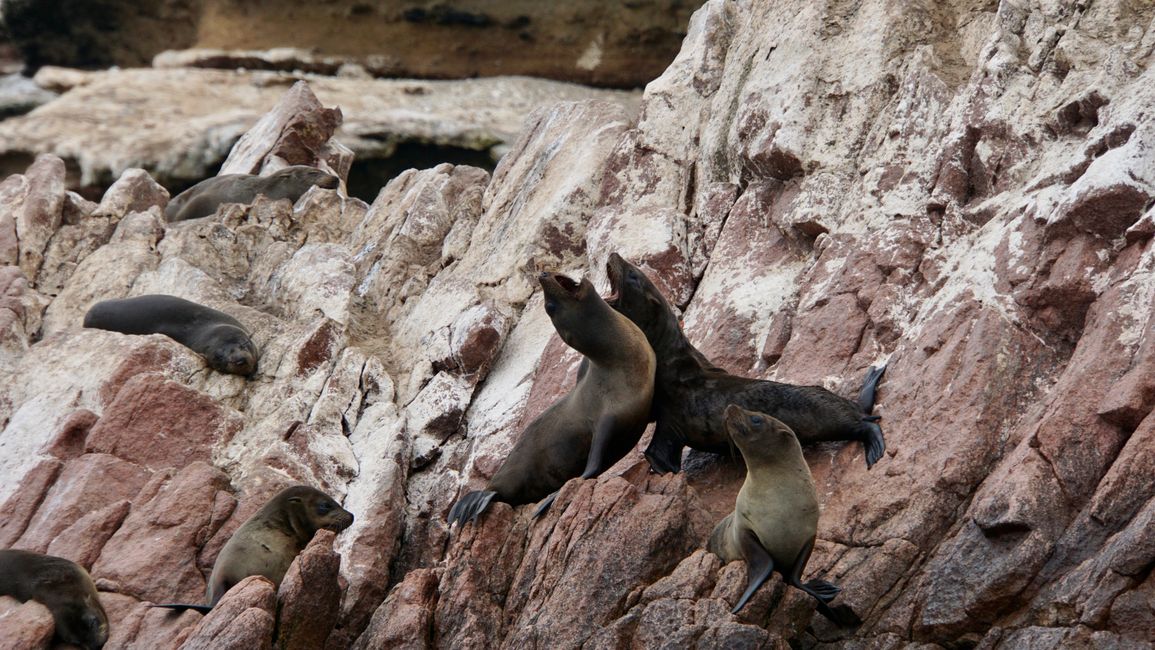
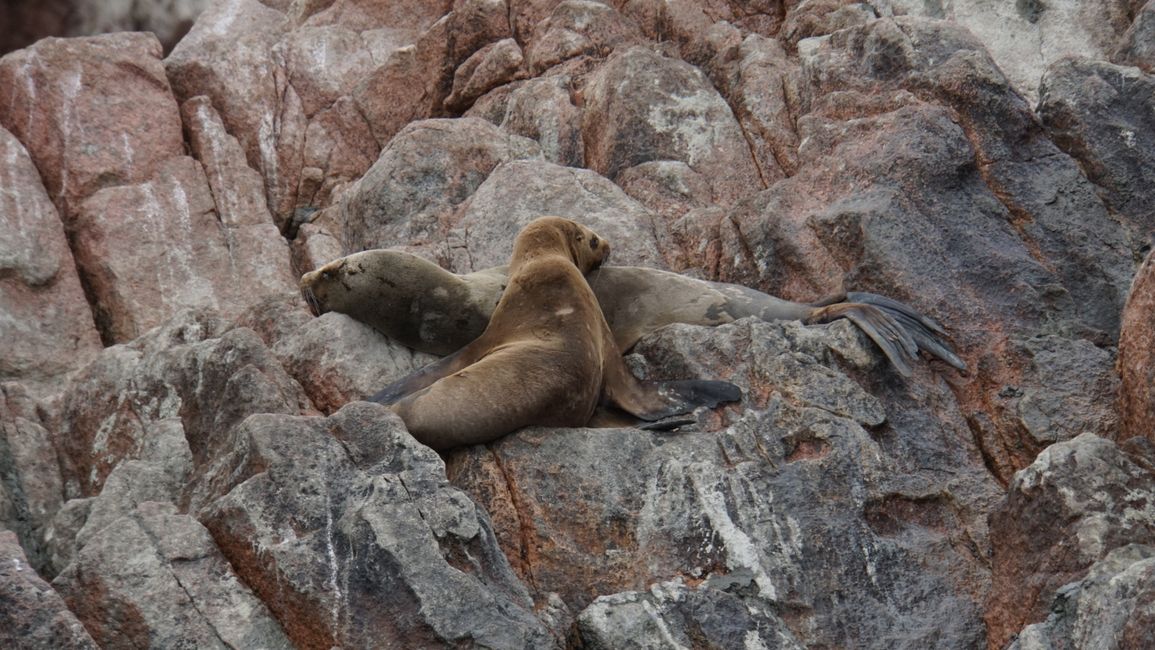
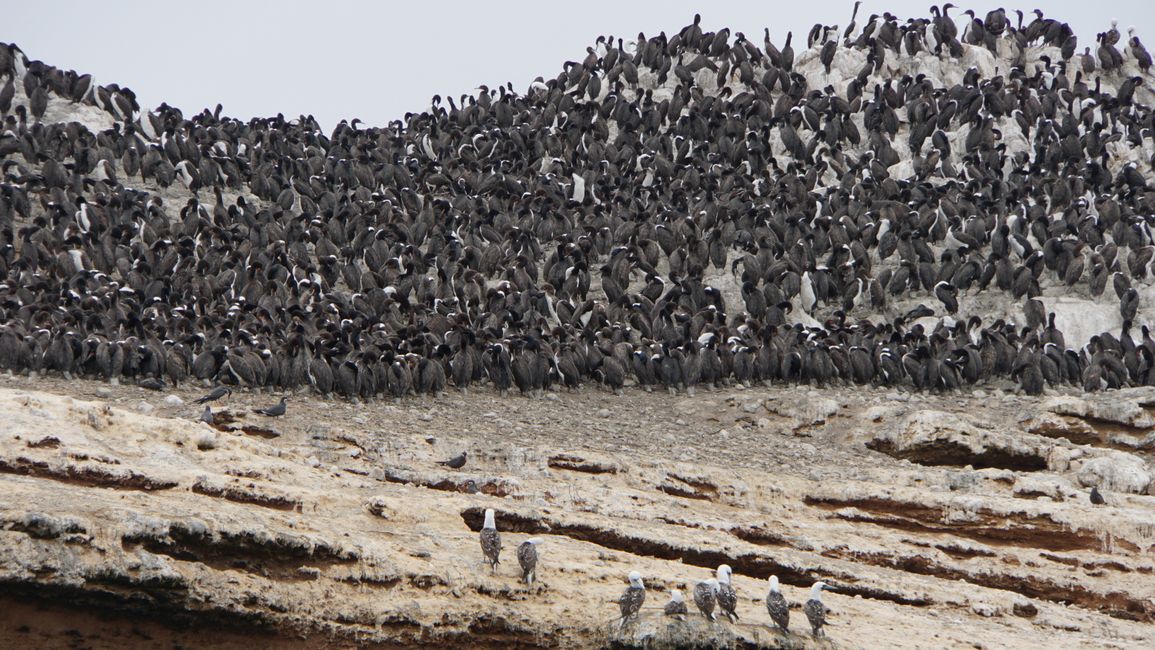
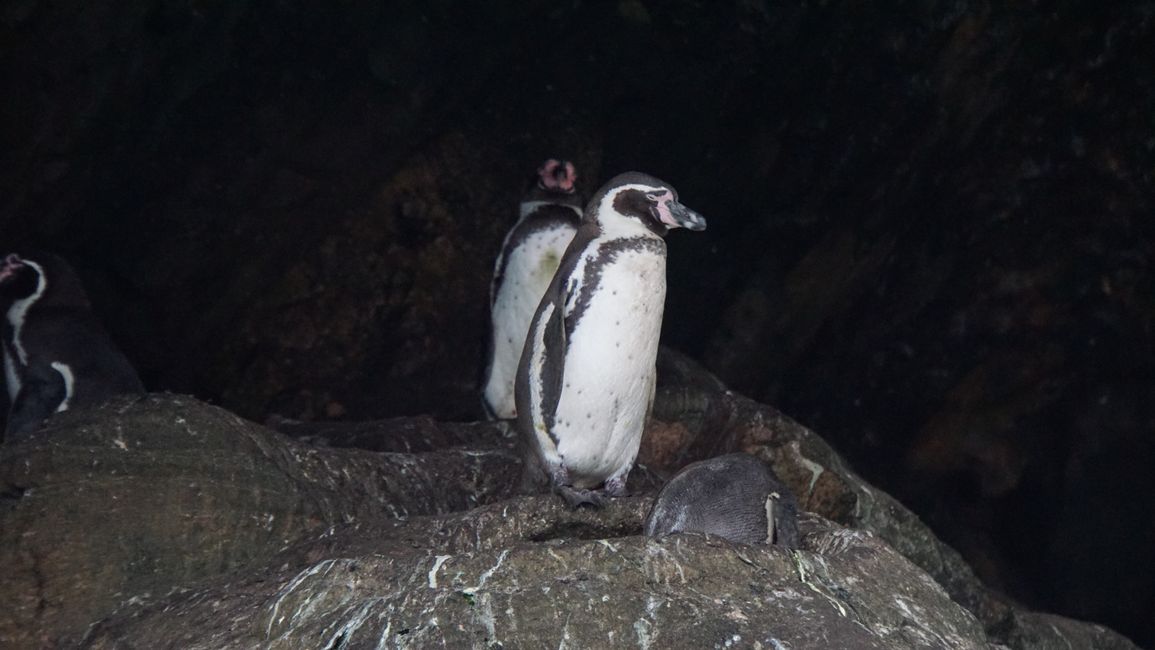
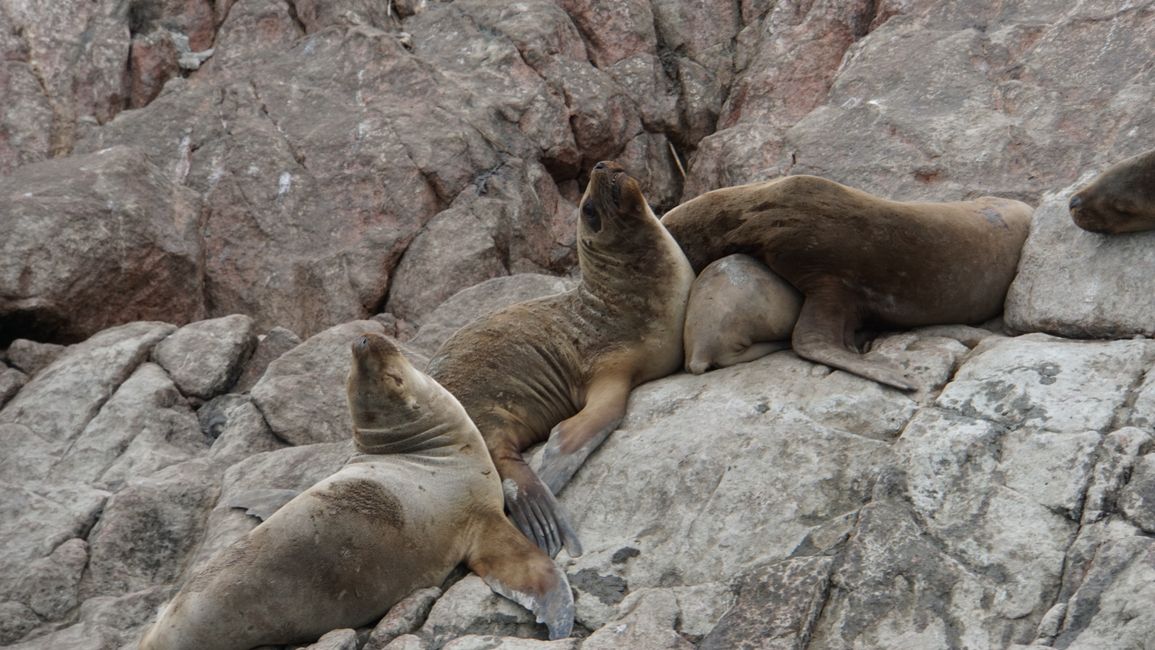
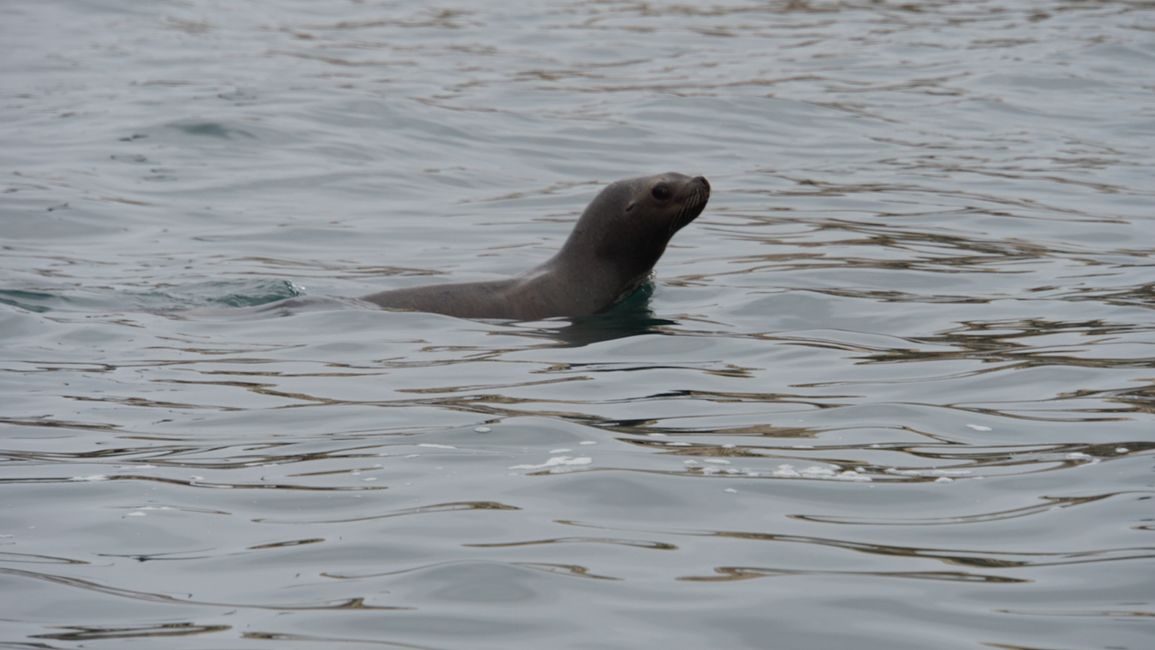
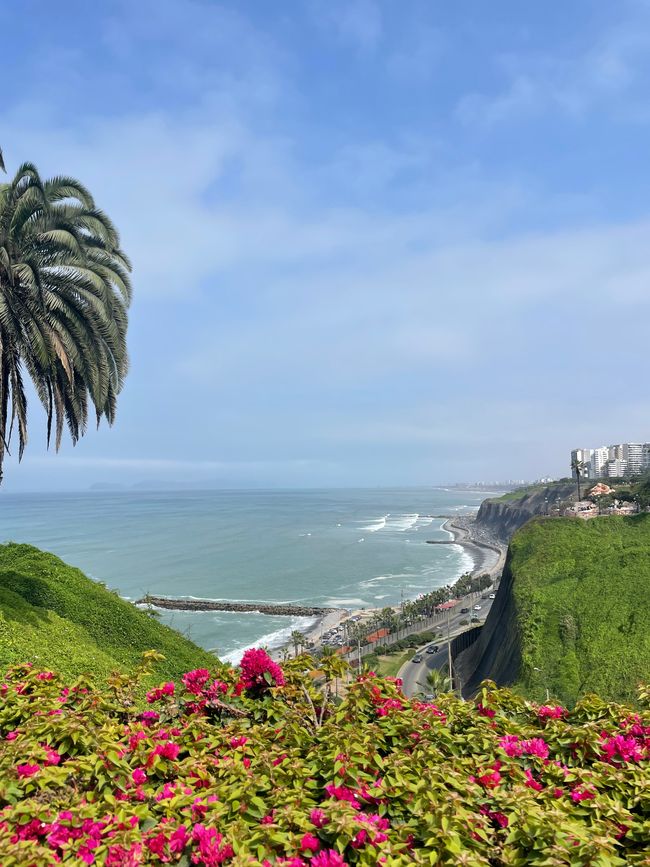
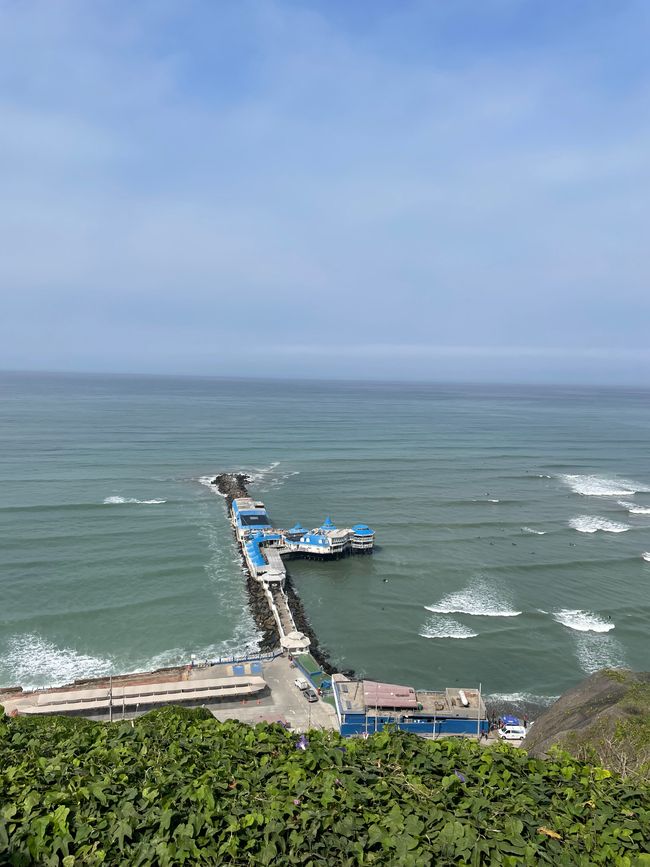
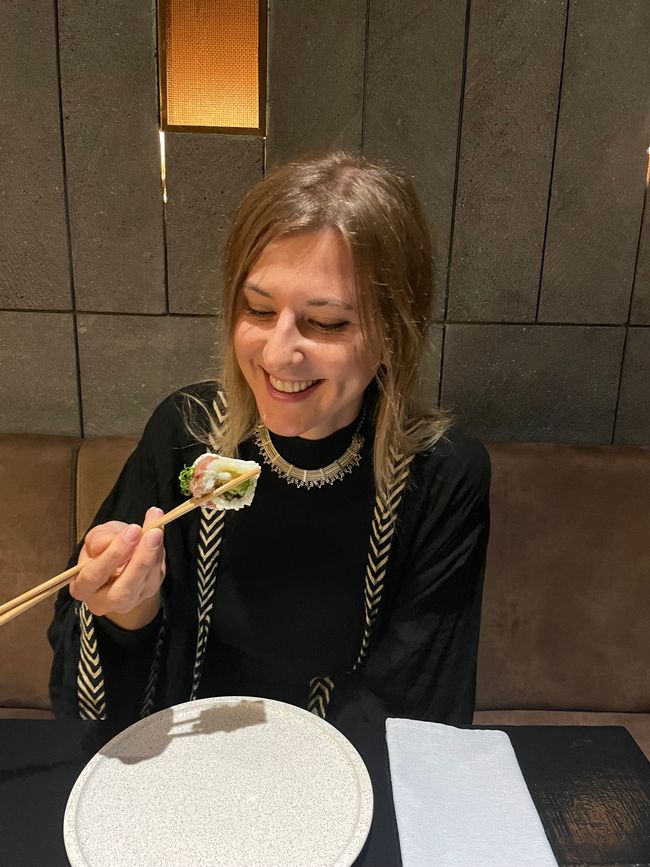
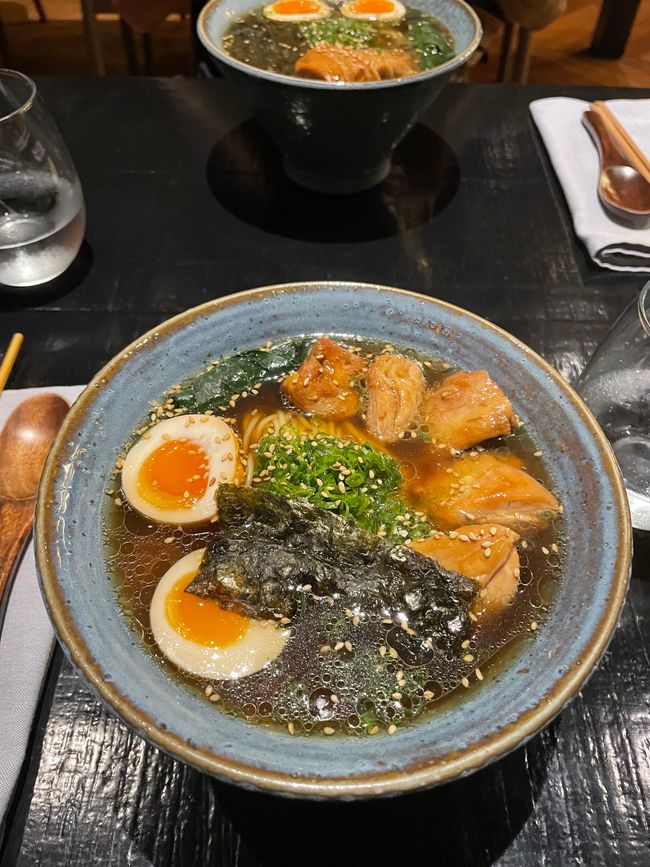
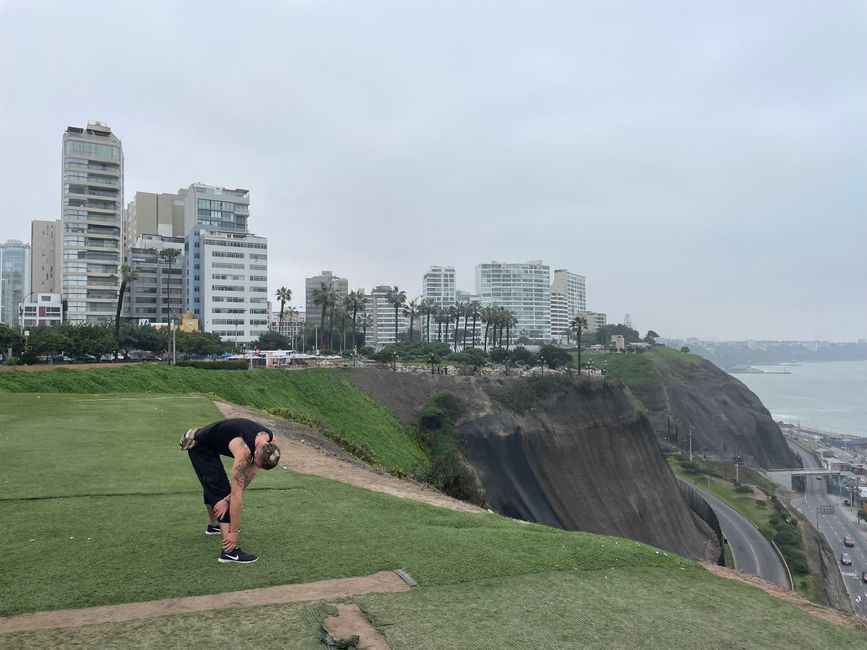
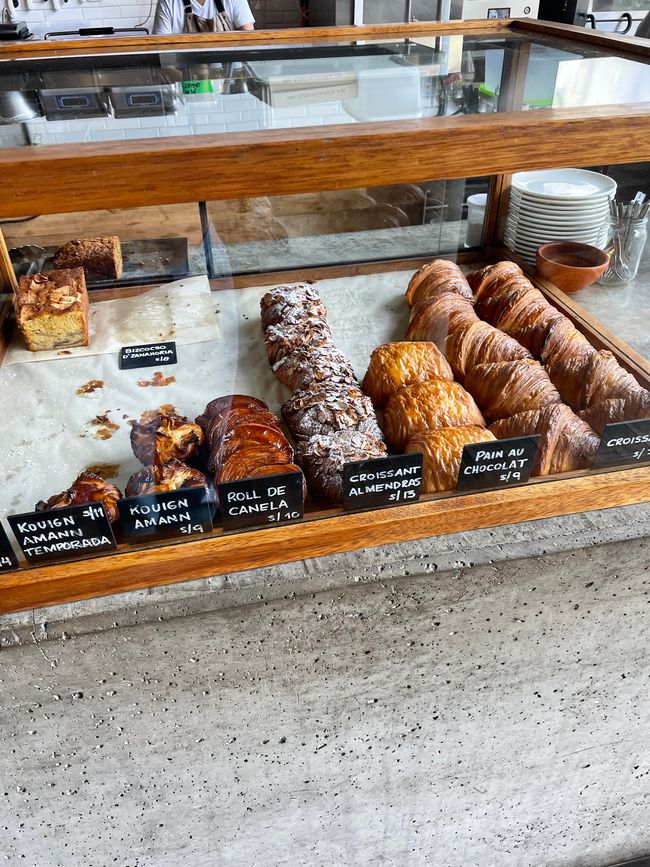
Teken in op Nuusbrief
1,830 kilometers by bus through the south of Peru:
Our first stop was Arequipa, also called the white city because many of the buildings were made of white, volcanic rock. This region is generally very volcanic, so from the streets of the city you can always see the large Misti volcano towering over everything. Not far from Arequipa there is a special place to see, the Colca Canyon. With a depth of up to 3,300m in places, it is one of the deepest canyons in the world. As part of a two-day tour, we hiked down, along the Colca River, spent the night in an oasis and went up again the next day at dawn. The canyon creates its own climate, so it can get extremely hot and oppressive (up to 45 degrees), which made the descent a challenge. These extreme temperatures create thermal updrafts, making Colca Canyon the perfect place for condors. Along with the albatross, the Andean condor is one of the largest birds in the world, with a wingspan of over 3 m. It was incredible to be able to experience this majestic animal up close in the wild.
After this hike we treated ourselves to some rest, we stayed in Arequipa for about a week, where we strolled through the nice streets and enjoyed the good cafes or mostly just relaxed with a home-cooked meal in the garden of our accommodation.
We continued north by night bus to Nazca, a dusty desert town. This city existed primarily due to gold and silver mines in the area. However, there was also something very special to see here. An ancient, long-vanished culture (the Nazca culture) left us huge drawings on the Nazca Plateau, which can only be seen from the air. Kilometers long, dead straight lines or geometric structures crossed the landscape and in between you could always see figures of mostly animals (some hundreds of meters tall). Nobody knows how the Nazca created these images if they cannot be seen from the ground or why. One of the many mysteries we can experience here. To see this masterpiece in all its glory, we took a flight over the plateau in a small propeller plane, which was an experience in itself.
From Nazca we drove (by bus of course) to the next larger desert town, Ica. What was special there was that the city was right next to a large sandy desert (desierto de ica). As befits a decent desert, there is also an oasis called Huacachina and that was our destination. Once again it was unique and spectacular nature that you could experience there. Huge sand dunes hundreds of meters high lay close to the oasis. We hiked a bit through the desert and enjoyed fantastic sunsets from the large dunes, also with a beer or two.
Before we got to the capital (Lima), we made a stop on the Pacific coast in Paracas. The place itself only lives from tourism and fishing and since it was the low season, it was very quiet here. The reason for our visit was the Islas Ballestas, a group of islands off the coast where, in addition to a large glyph in the sand (also from a long-gone culture), you can see many different types of sea life. The fish-rich waters attract large and small animals. We saw thousands of seabirds, including large pelicans, and a few species of penguins mixed in as well. There were also large colonies of sea lions and seals living here, who swam very curiously around our boat or took a lazy nap on the stones. If there are schools of fish somewhere, dolphins are usually not far away and we were even lucky enough to see a large whale.
Now our stay in Peru was slowly coming to an end and after a total of 4 months in this country, we obviously couldn't leave without seeing the capital. So on September 22nd we came to Lima, a huge city with over 9.7 million inhabitants and also located on the coast of the Pacific. The districts near the sea, such as Miraflores and Barranco, were very modern, westernized and safe. We really liked it here. Lima's coastline was elevated on large, black cliffs giving great views over the ocean. The residents of these districts were very sporty and in the morning we joined the many runners who were running on beautifully landscaped paths at the top of the cliffs. Lima is far more famous for its surfing than for its good running routes. Every day the sea was full of surfers, from professionals to beginners, there is something for everyone here. However, the water is extremely cold and requires you to throw yourself into the waves. Lima also has a lot to offer in terms of cuisine. Some of the best restaurants in the world are here. There is also a local specialty the Nikkei restaurants. A Peruvian-Japanese fusion cuisine that combines delicious Japanese dishes with typical Peruvian ingredients.
Now our trip ends (for now) in South America and we will fly to Central America. Each country was incredibly beautiful and had its own charm. Peru, however, is the one we love most. With its impressive diversity, it has everything we wanted to offer. From the great Amazon rainforest over the icy peaks of the Andes to the deserts of the coastal regions. The people are extremely warm and friendly towards tourists. Additionally, the country has a rich culture and history. So a little bit of everything.
Teken in op Nuusbrief
Antwoord

Reisverslae Peru
